Chess vs. Go: Which Game is Harder?
Chess and Go are two of the oldest board games still played today, each having profound cultural and intellectual significance. Chess, with its origins tracing back to 6th-century India, is a staple in the West. Go, believed to have been developed in China over 4,000 years ago, holds a place of similar reverence in East Asia. Both games are celebrated for their deep strategic elements and complex gameplay. However, the question of which game is harder to play and master is a subject of ongoing debate among enthusiasts and experts alike.
Overview of Chess and Go
Chess: Played on an 8x8 grid, chess involves two players controlling an army of 16 pieces each, including a king, queen, rooks, knights, bishops, and pawns. The objective is to checkmate the opponent's king, thereby rendering him unable to make any further legal moves.
Go: Go is played on a larger board, typically 19x19, although smaller boards (such as 9x9 and 13x13) can be used. Each player has an essentially unlimited supply of stones (black or white), aiming to control more territory on the board than their opponent by surrounding larger areas with their stones and capturing enemy stones by completely surrounding them.
Complexity and Depth
At a superficial level, the rules of Go are simpler than those of chess. Go involves only the placing of stones on the board, aiming to control space and capture enemy stones, without the diverse movements and special rules (like en passant, castling, etc.) seen in chess. However, the strategic complexity of Go far exceeds that of chess owing to the larger board and the greater number of possible moves at any given point. At this level, Go is often perceived as more complex and subtler than chess.
Computational Complexity
In terms of computational challenges, Go presents a more daunting task. Before the advent of modern artificial intelligence technologies, computers could defeat skilled human chess players as early as the 1990s. However, only recently have AI systems like Google's AlphaGo succeeded in defeating top-level Go professionals. The number of legal positions in Go is vastly greater than in chess, making the computational demands substantially higher.
Strategic Depth and Learning Curve
Chess features an intense opening theory, which requires a considerable amount of study to progress even to an intermediate level. Middlegame and endgame strategies in chess are highly complex and have been thoroughly studied and documented over centuries. Hence, acquiring deep chess knowledge is a rigorous intellectual endeavor.
Conversely, Go has a different sort of learning curve. While the basic rules are easier to grasp, the game's strategy is less about specific, memorized lines and more about intuition, balance, and pattern recognition over the vast board. The abstract nature of Go can make it a more daunting game to master fully, as strategic principles can be less overt than in chess.
Cultural and Psychological Factors
The perception of which game is harder can also be influenced by one's cultural background and personal interests. Chess and Go emphasize different types of thinking and skills. Chess is often associated with war-like strategy and direct conflict, while Go can symbolize harmony and balance, requiring a broader, more holistic view of the playing field.
Conclusion
Determining which game is harder between Chess and Go is challenging and depends largely on individual and cultural perspectives. Chess involves layered complexity and a steep learning curve due to its extensive theory and diverse piece movement. Go, on the other hand, while simpler in rules, demands a deep strategic understanding of space and the ability to make long-term tactical decisions over a broader and more variable field. Both games offer rich, intellectually demanding experiences that can be deeply rewarding to study and master.
Explore our large collection of luxurious chess sets!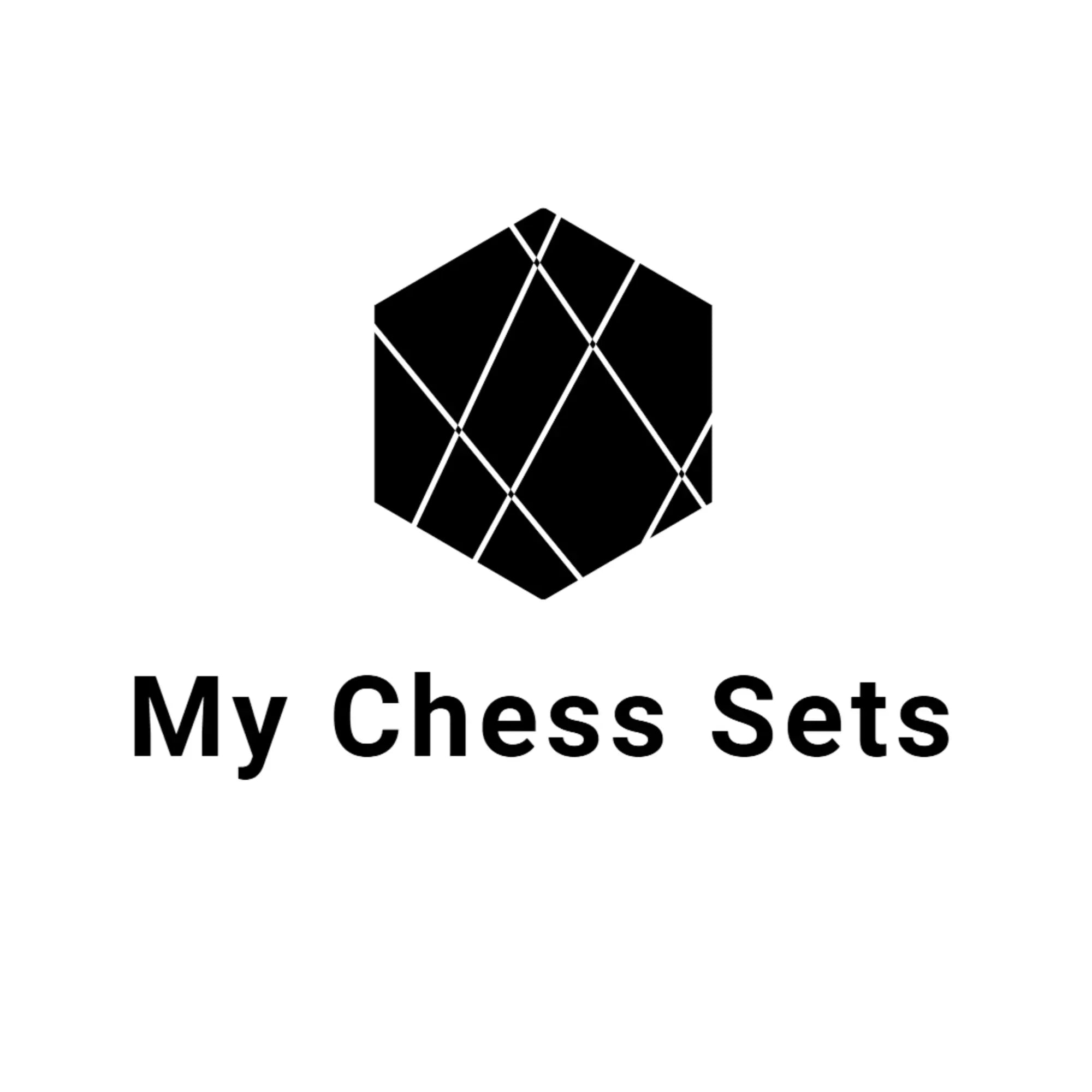
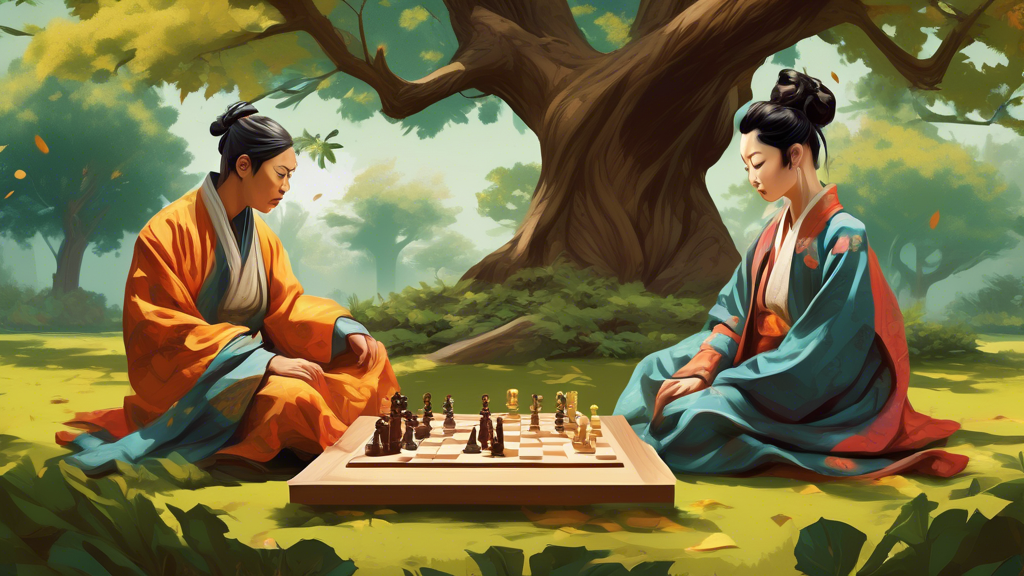
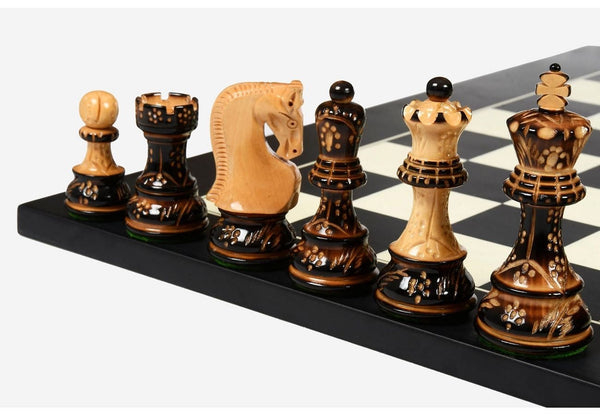
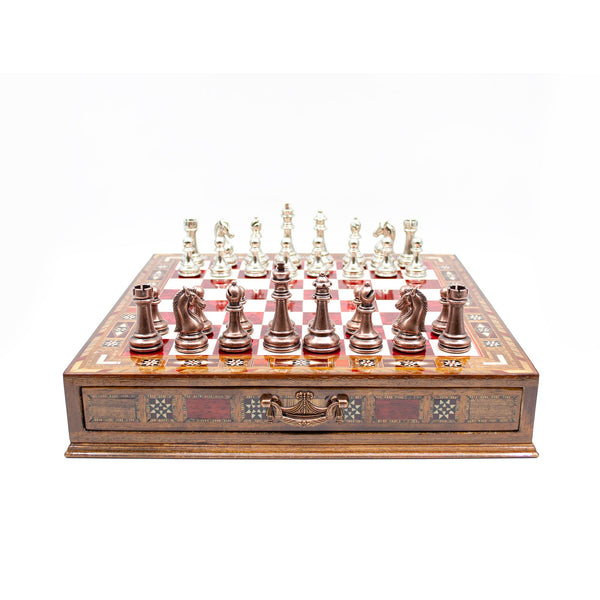
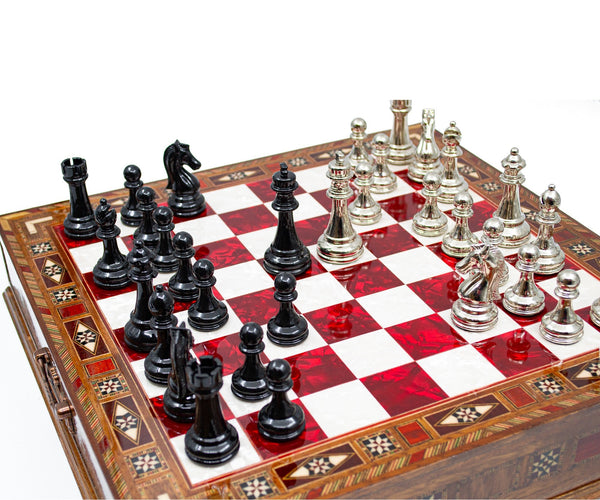
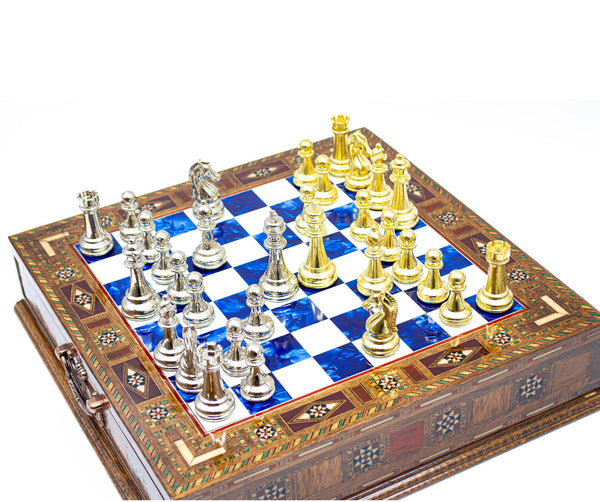
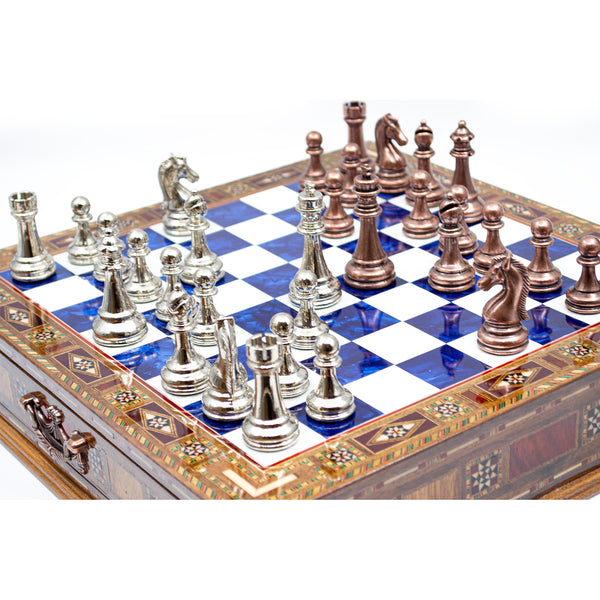
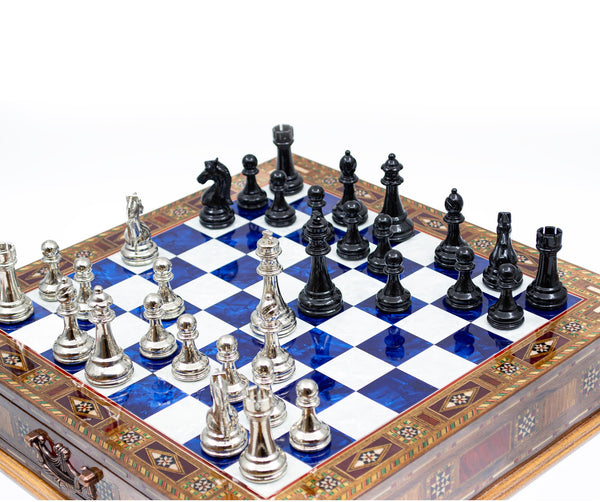
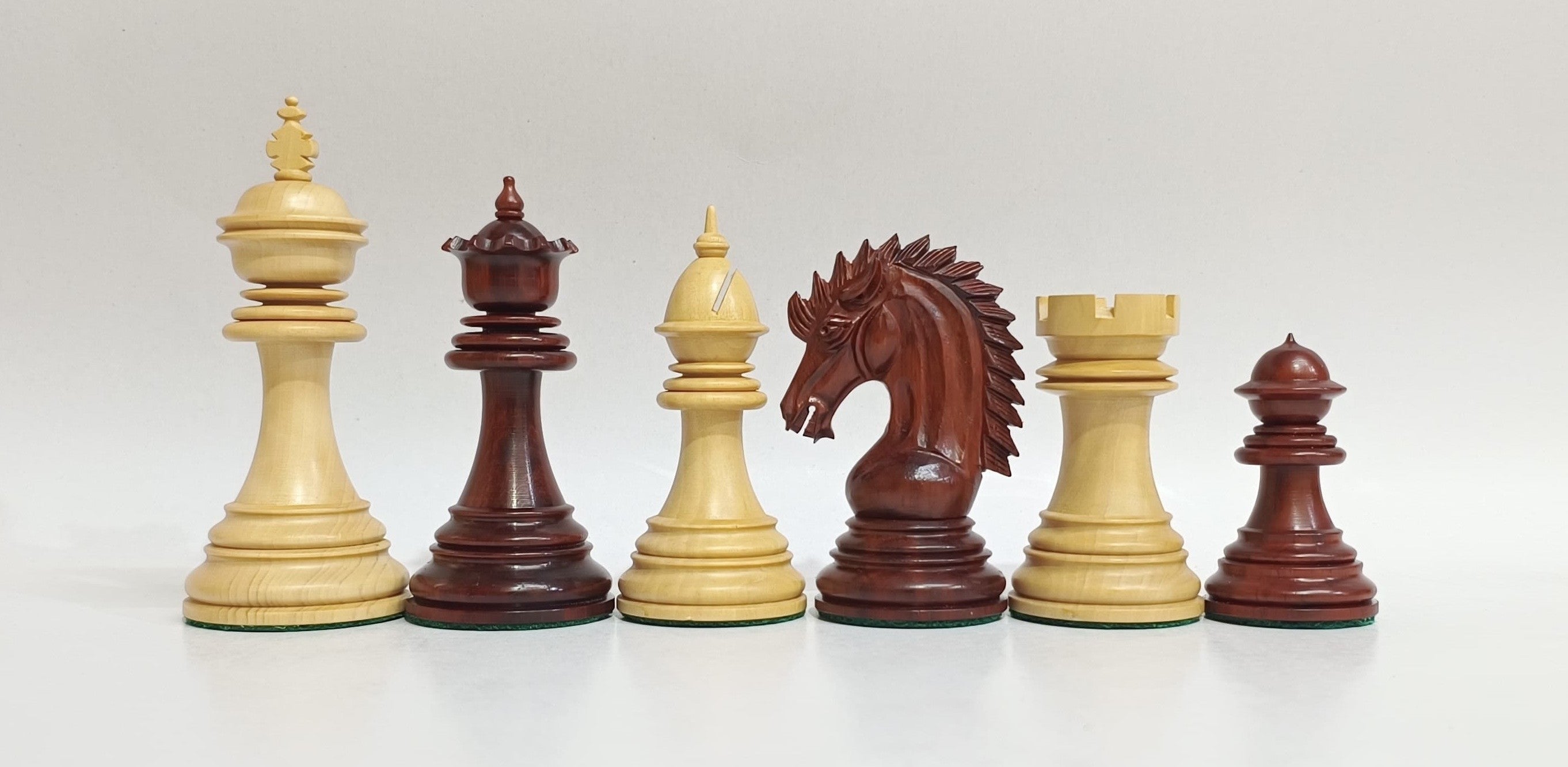
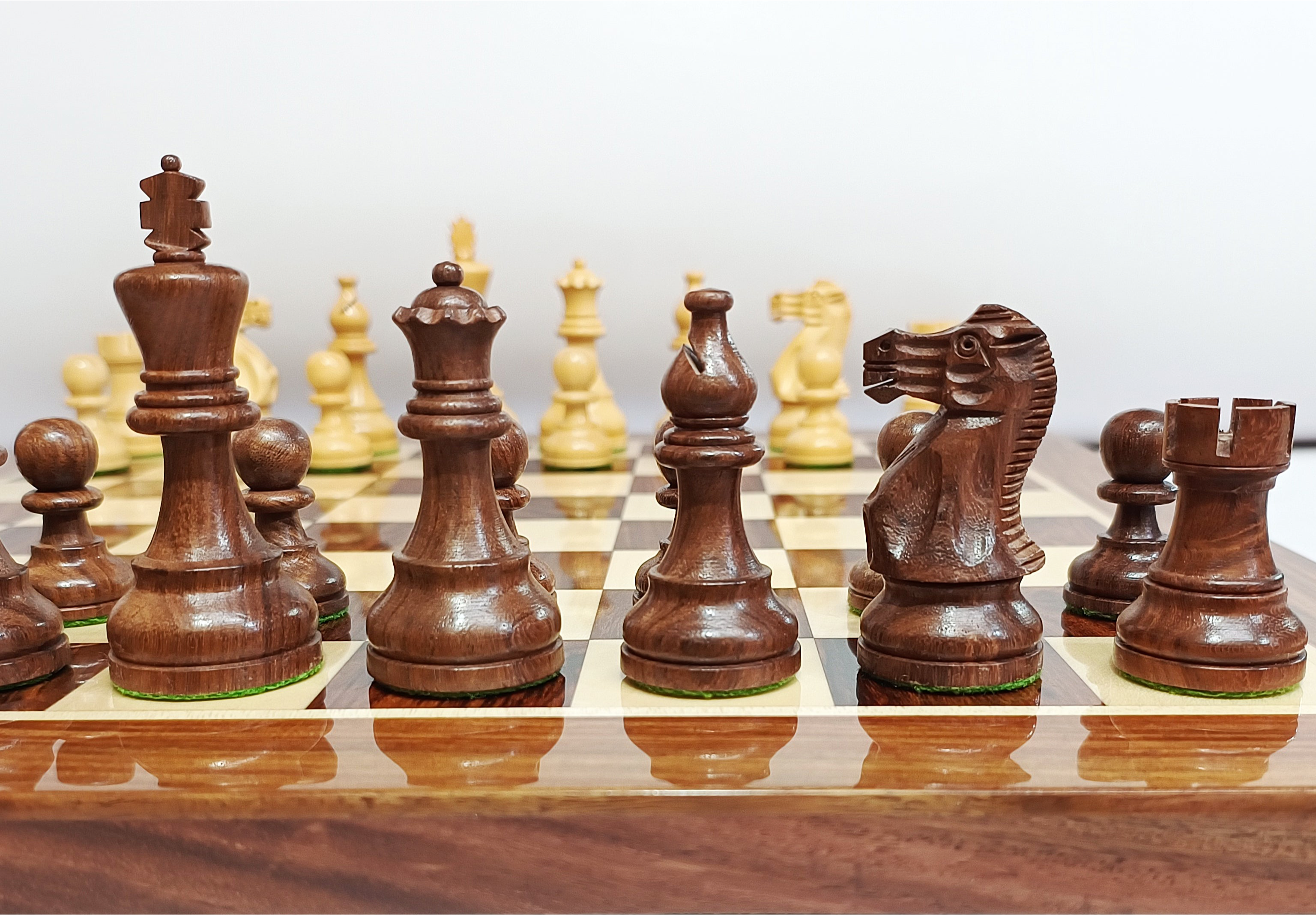
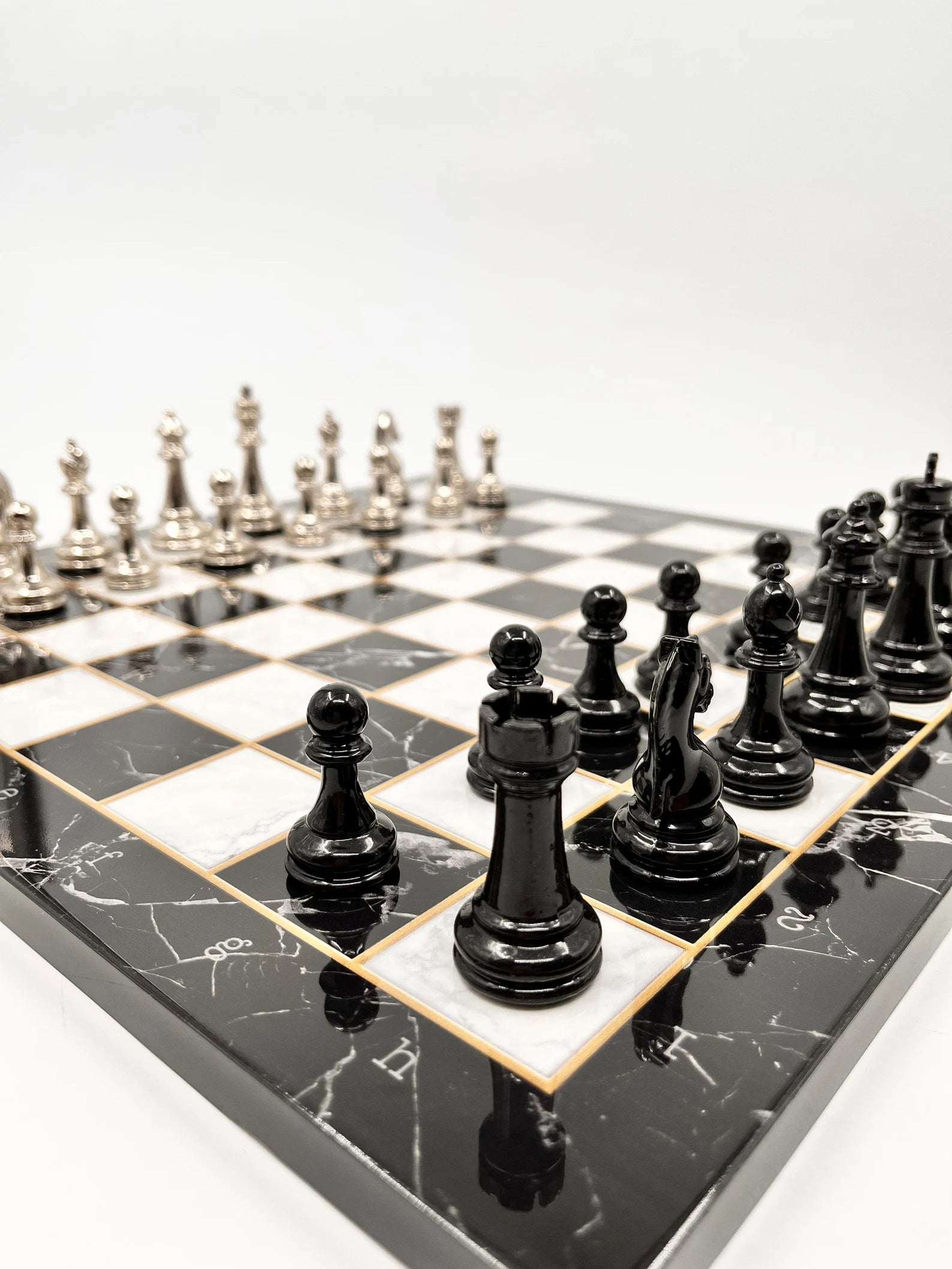
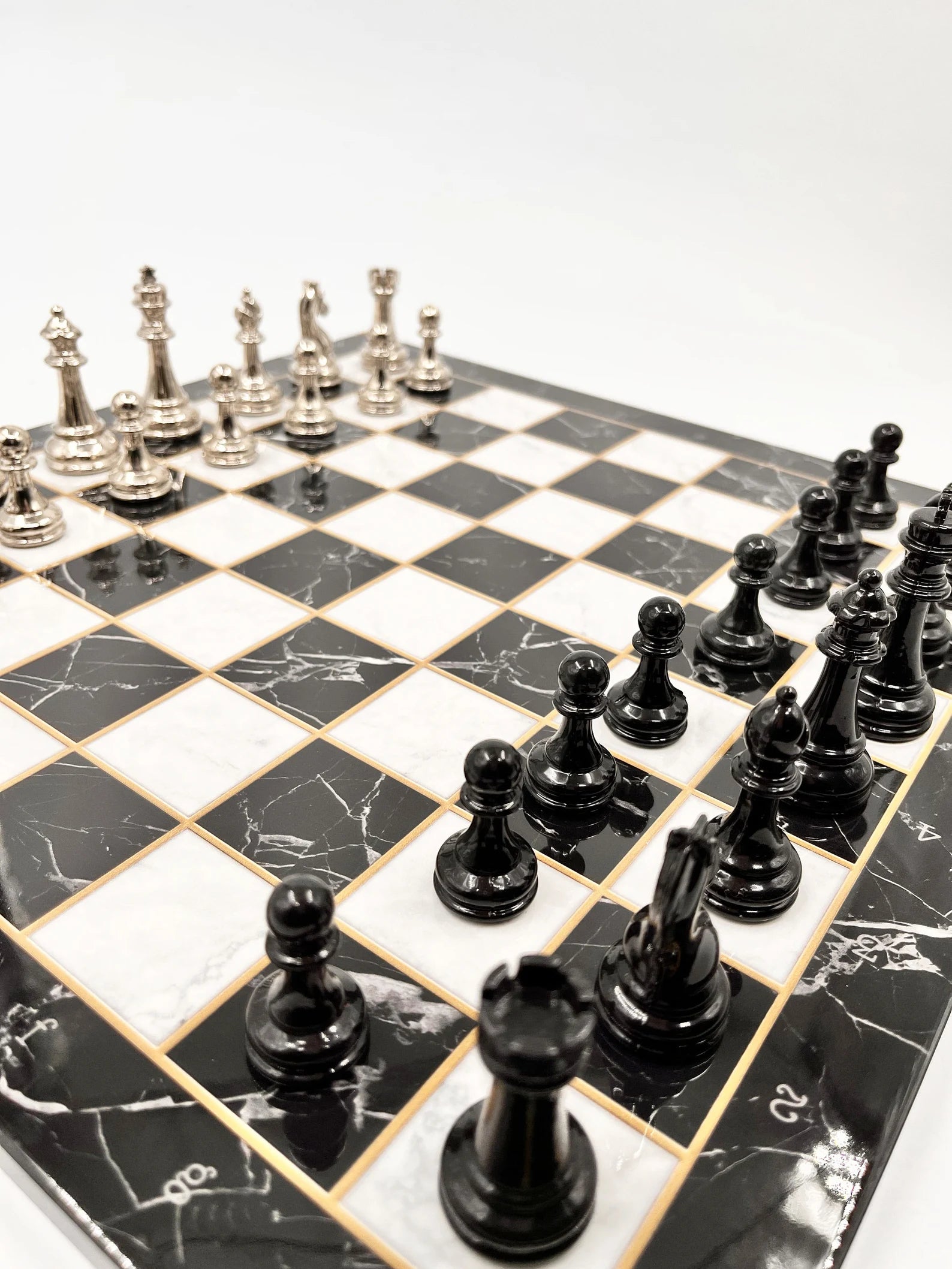
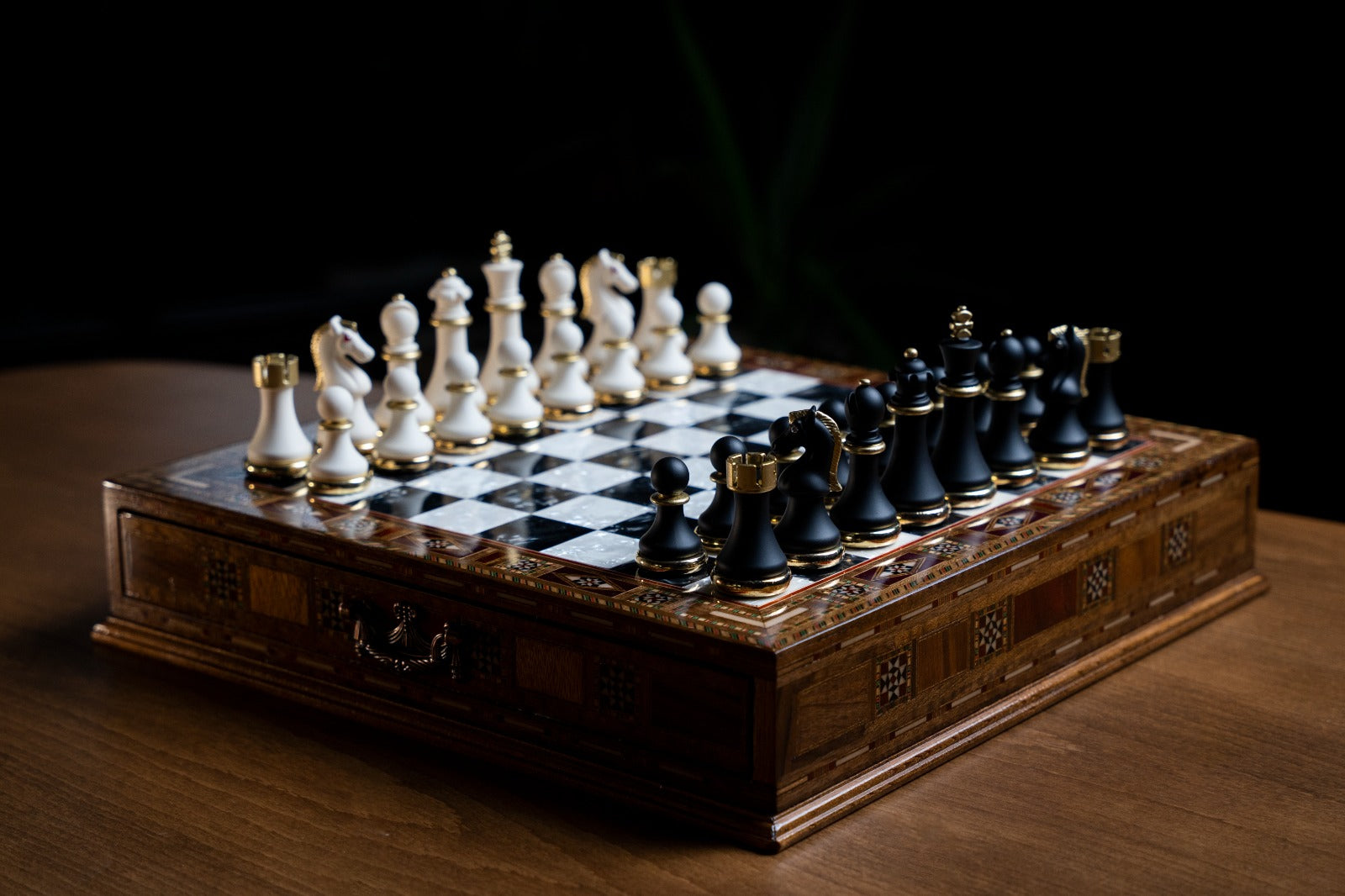
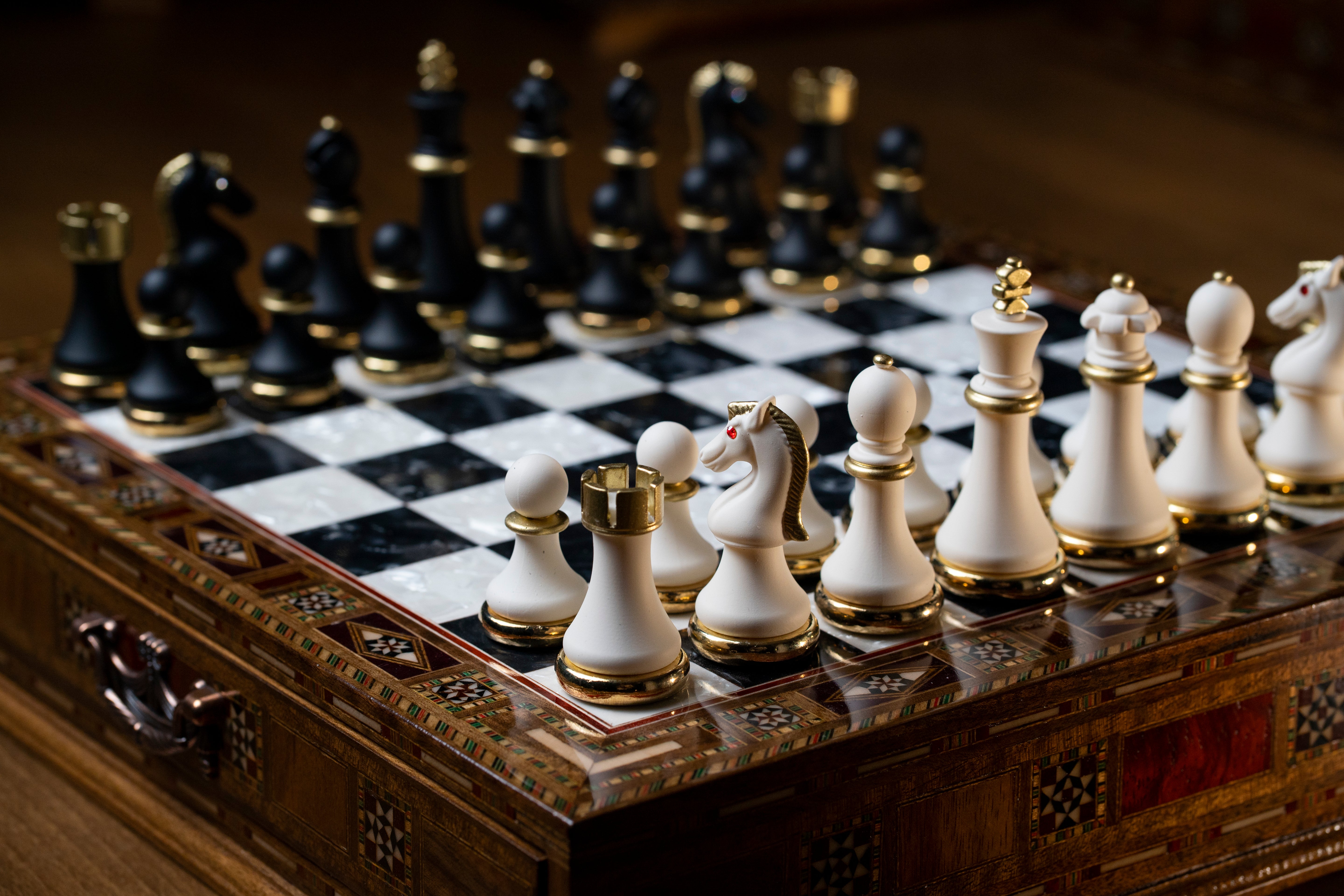
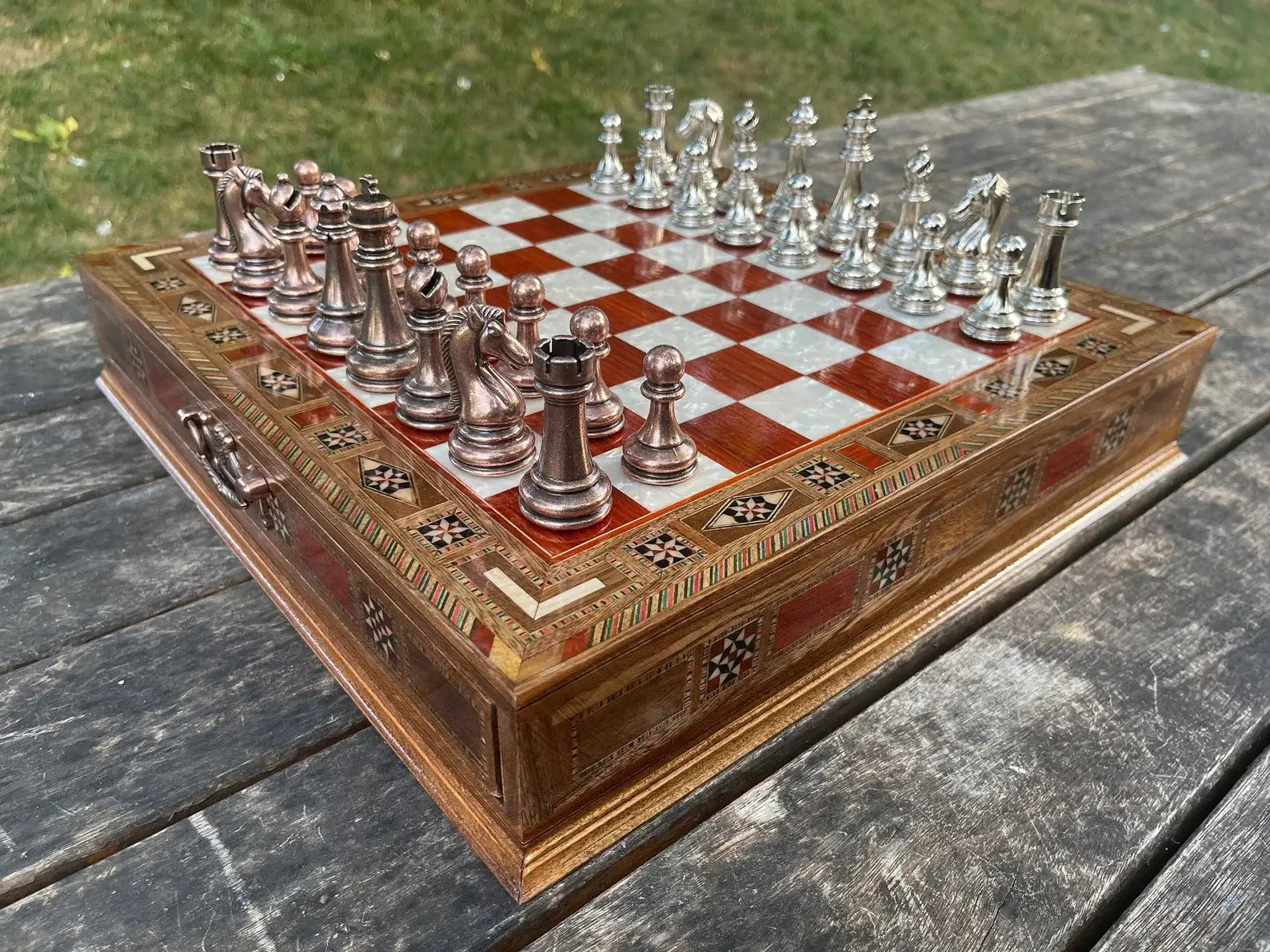
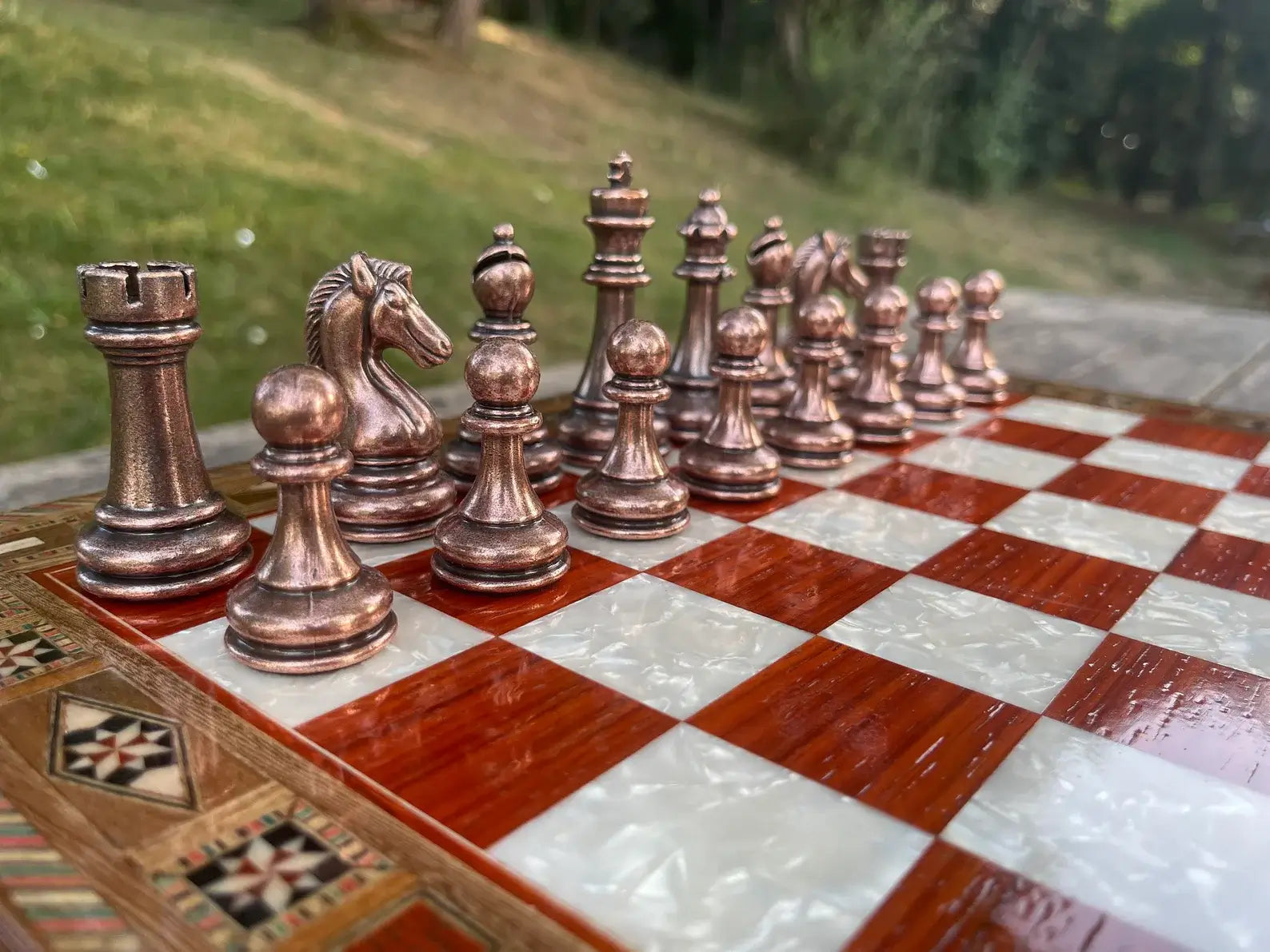
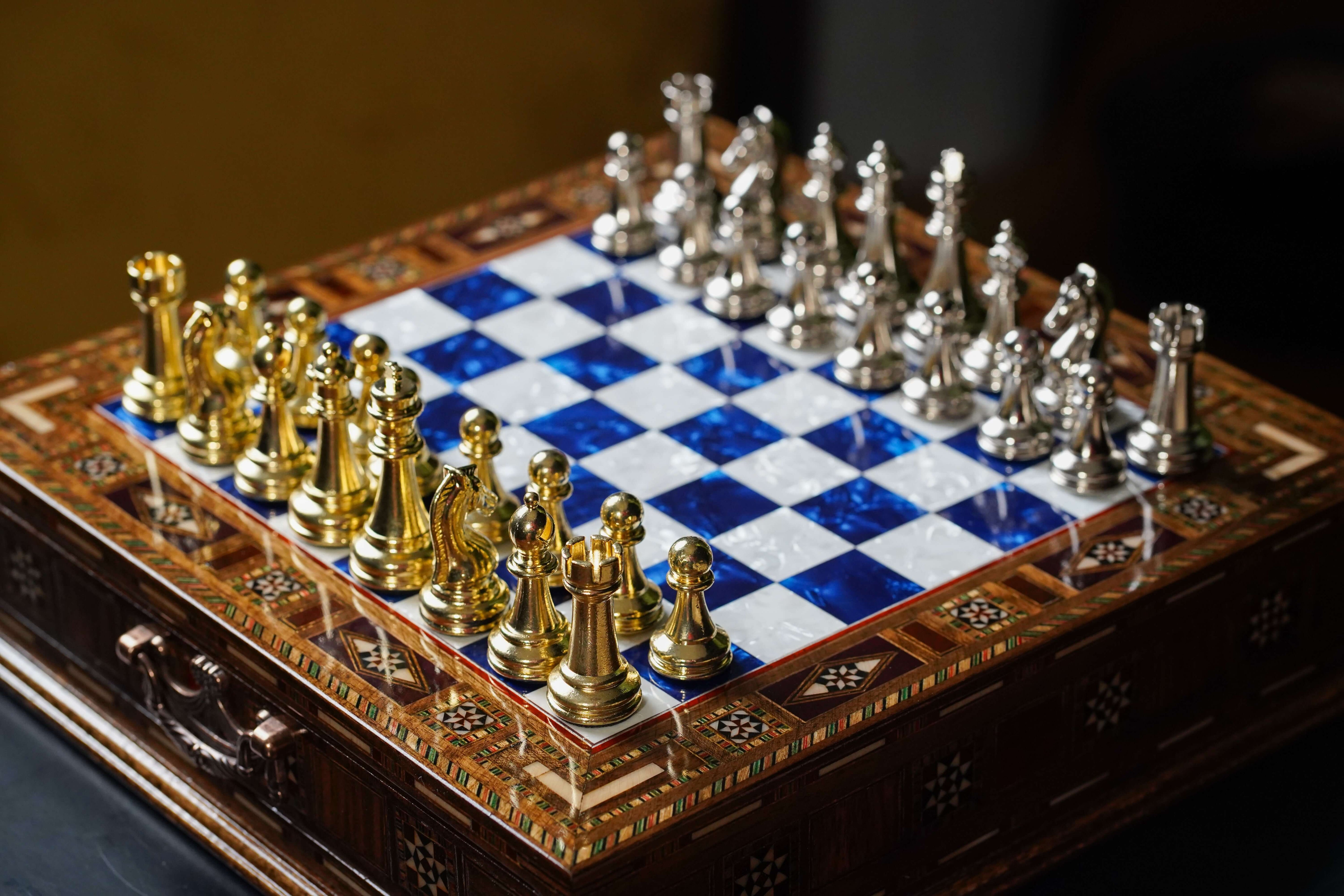
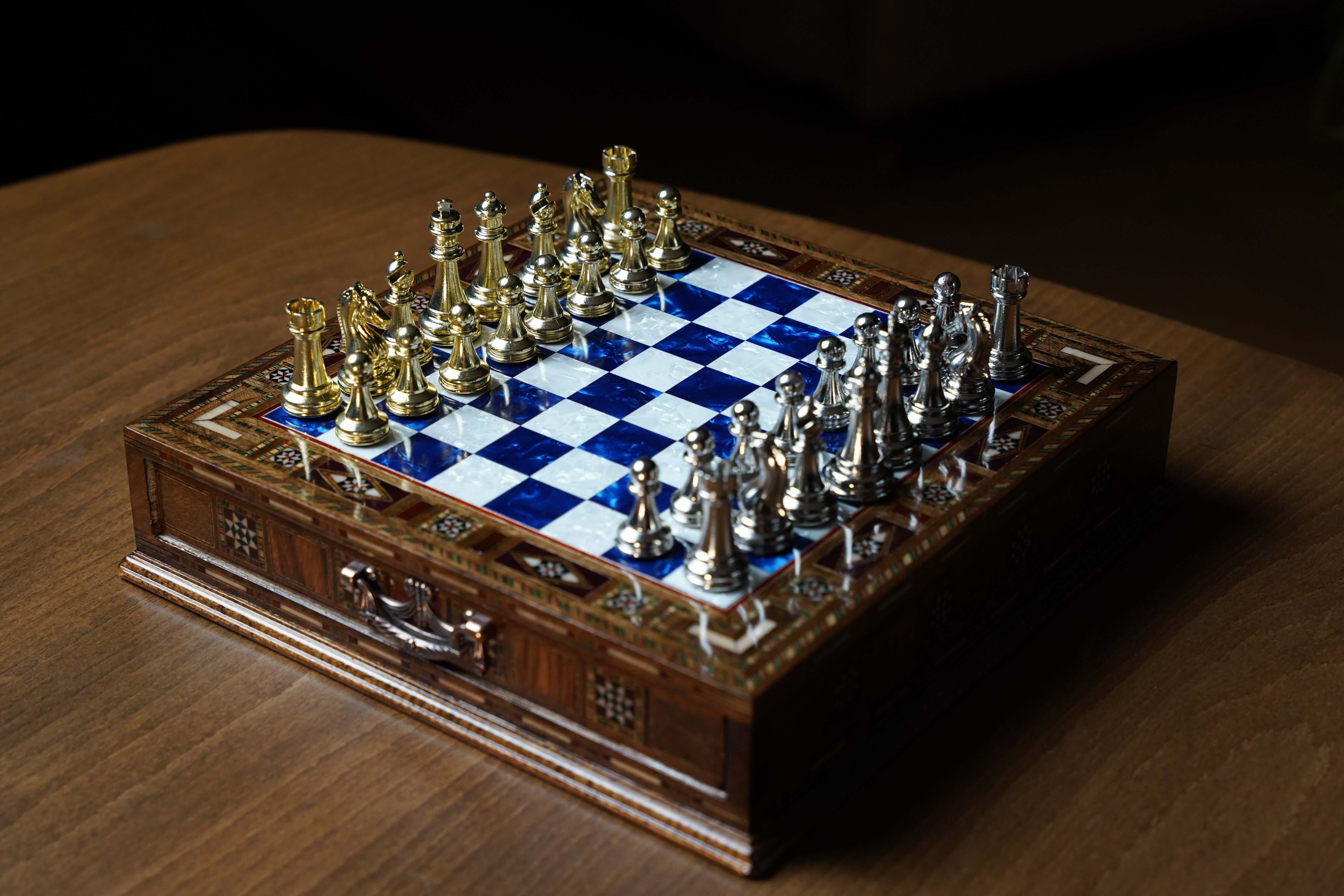
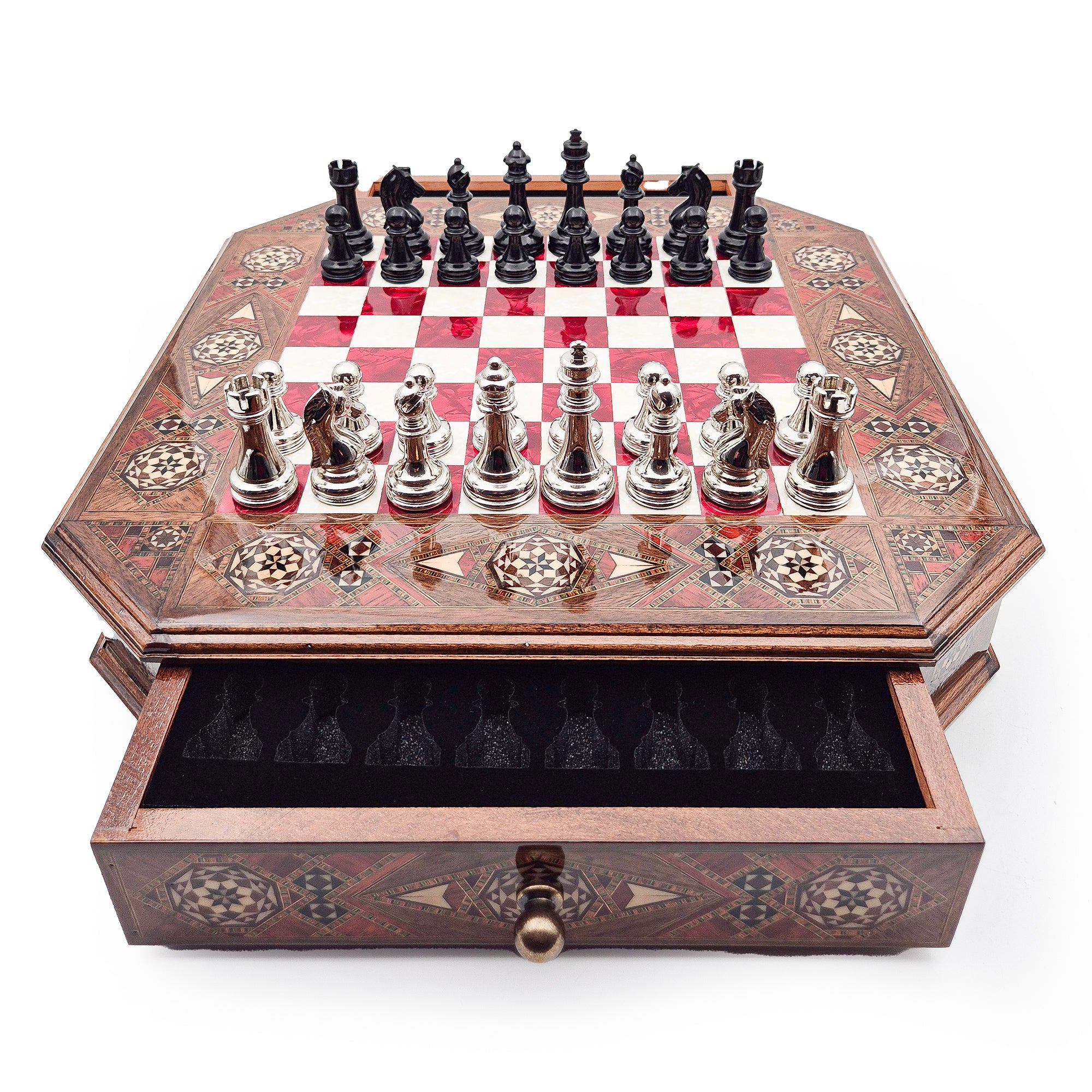
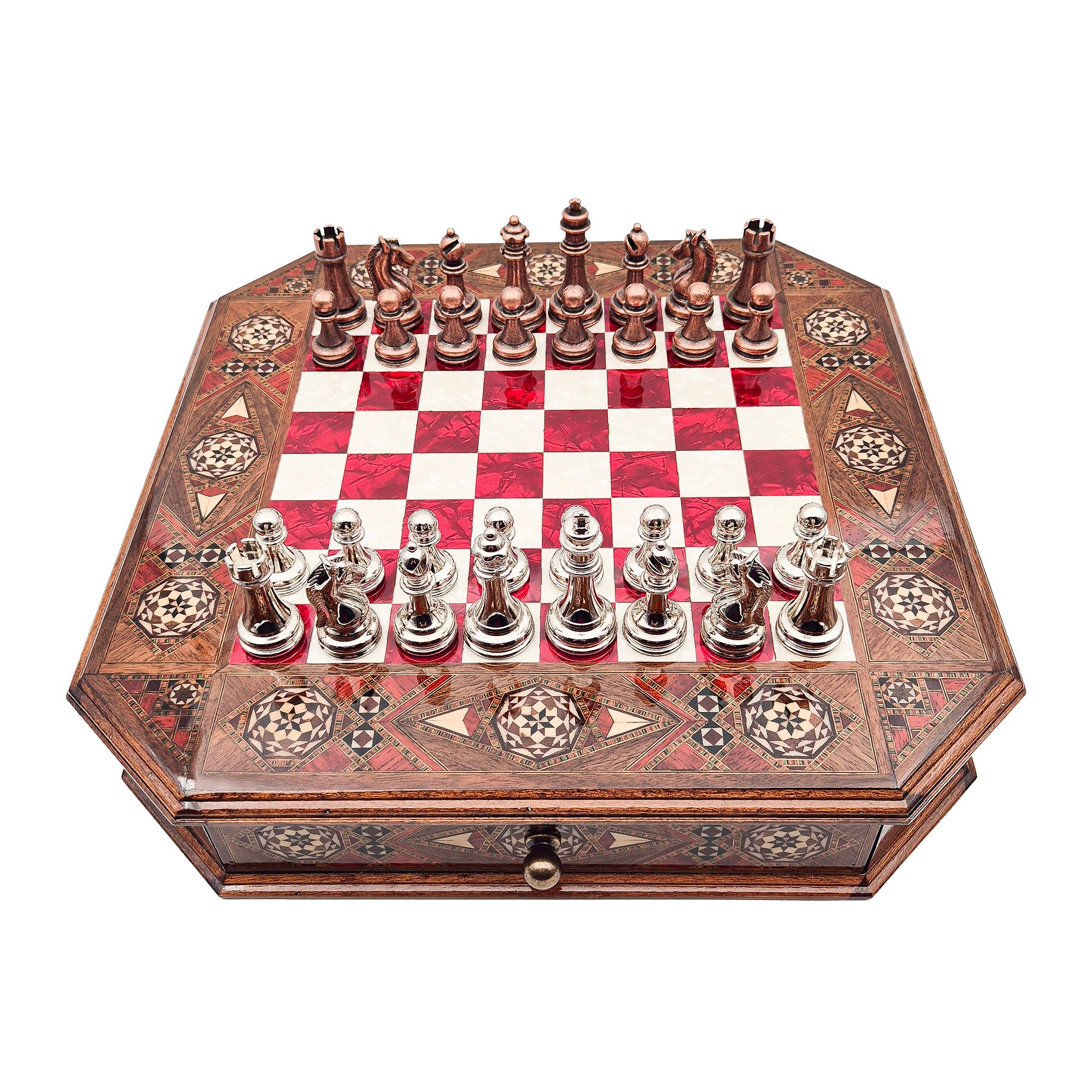
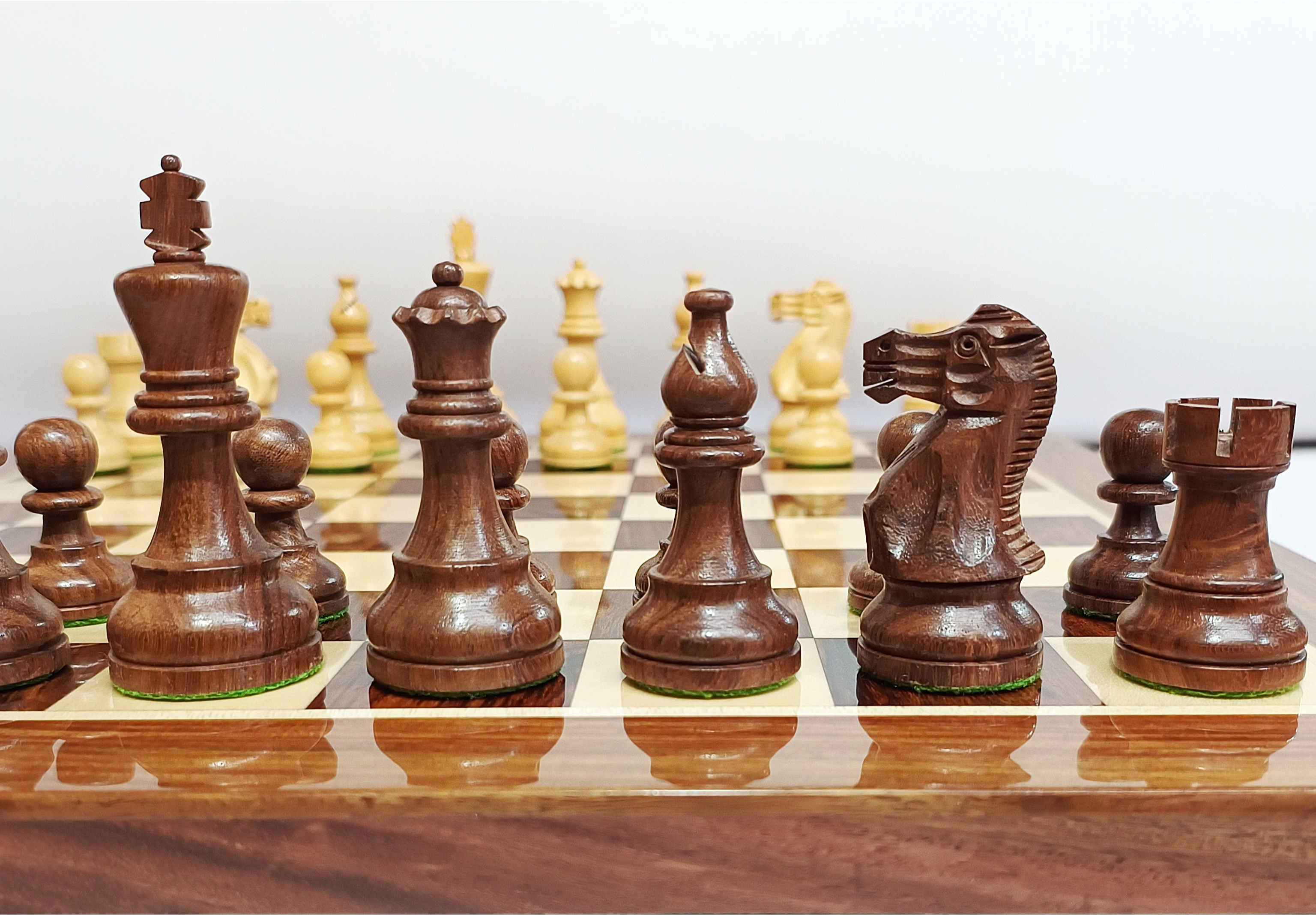
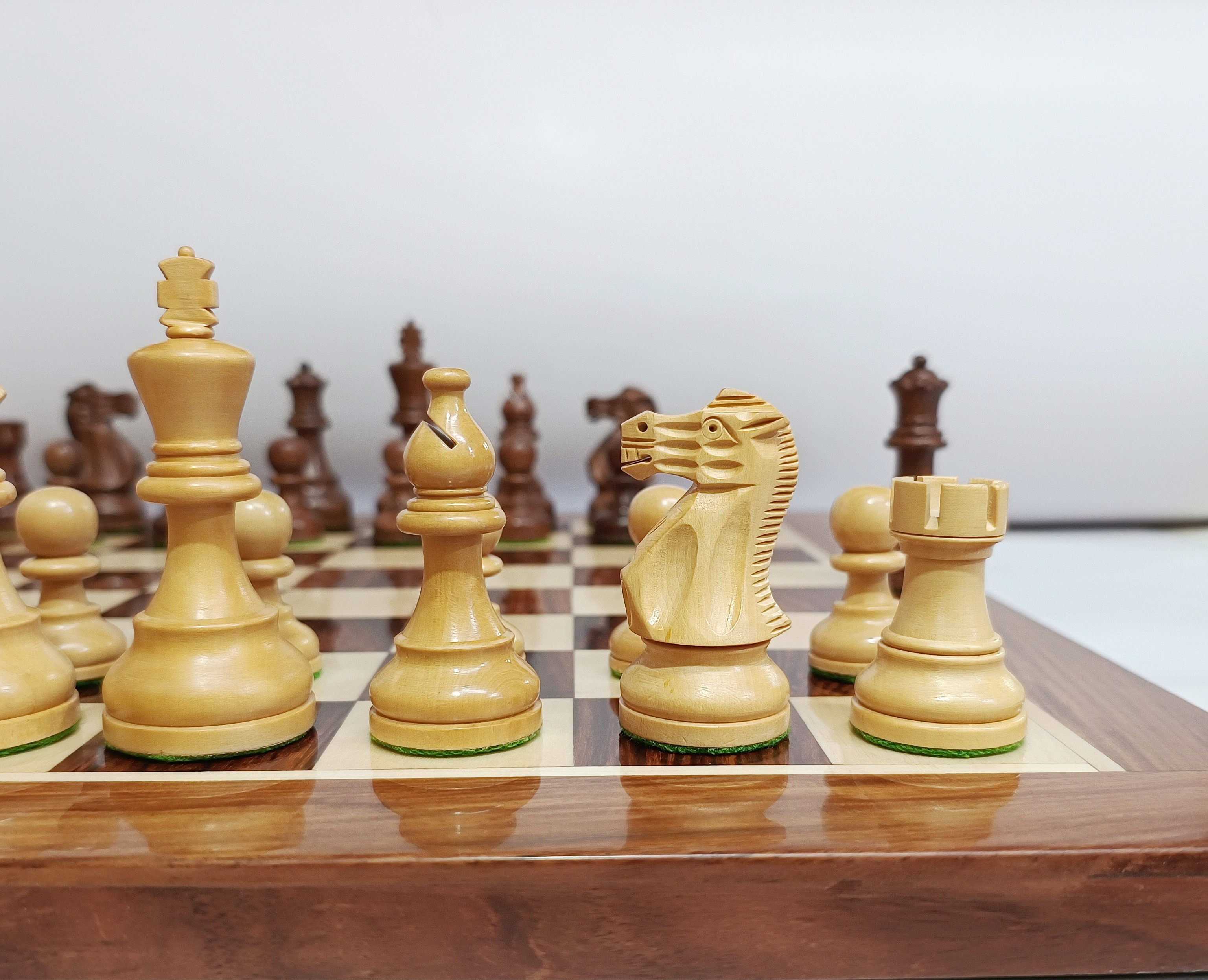
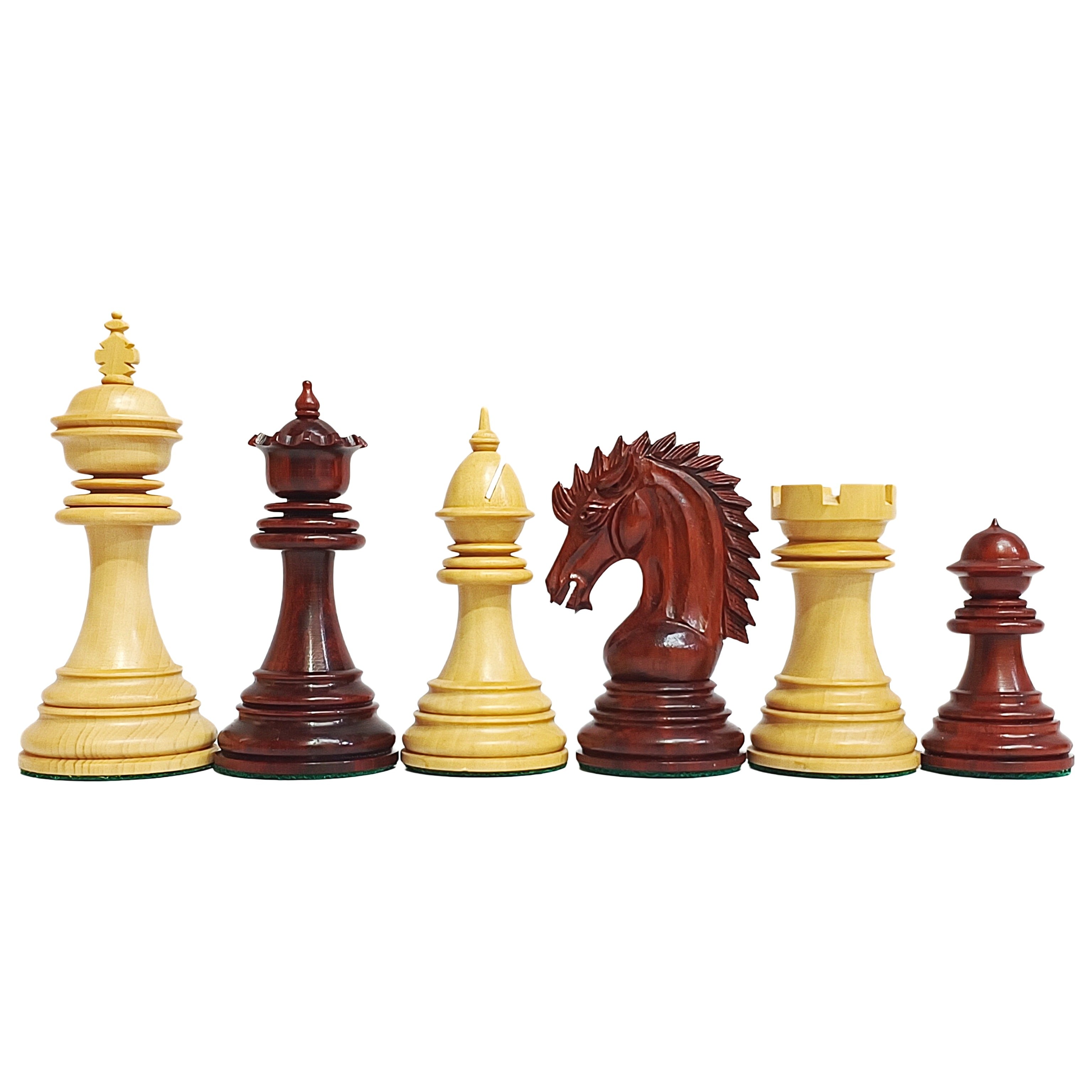
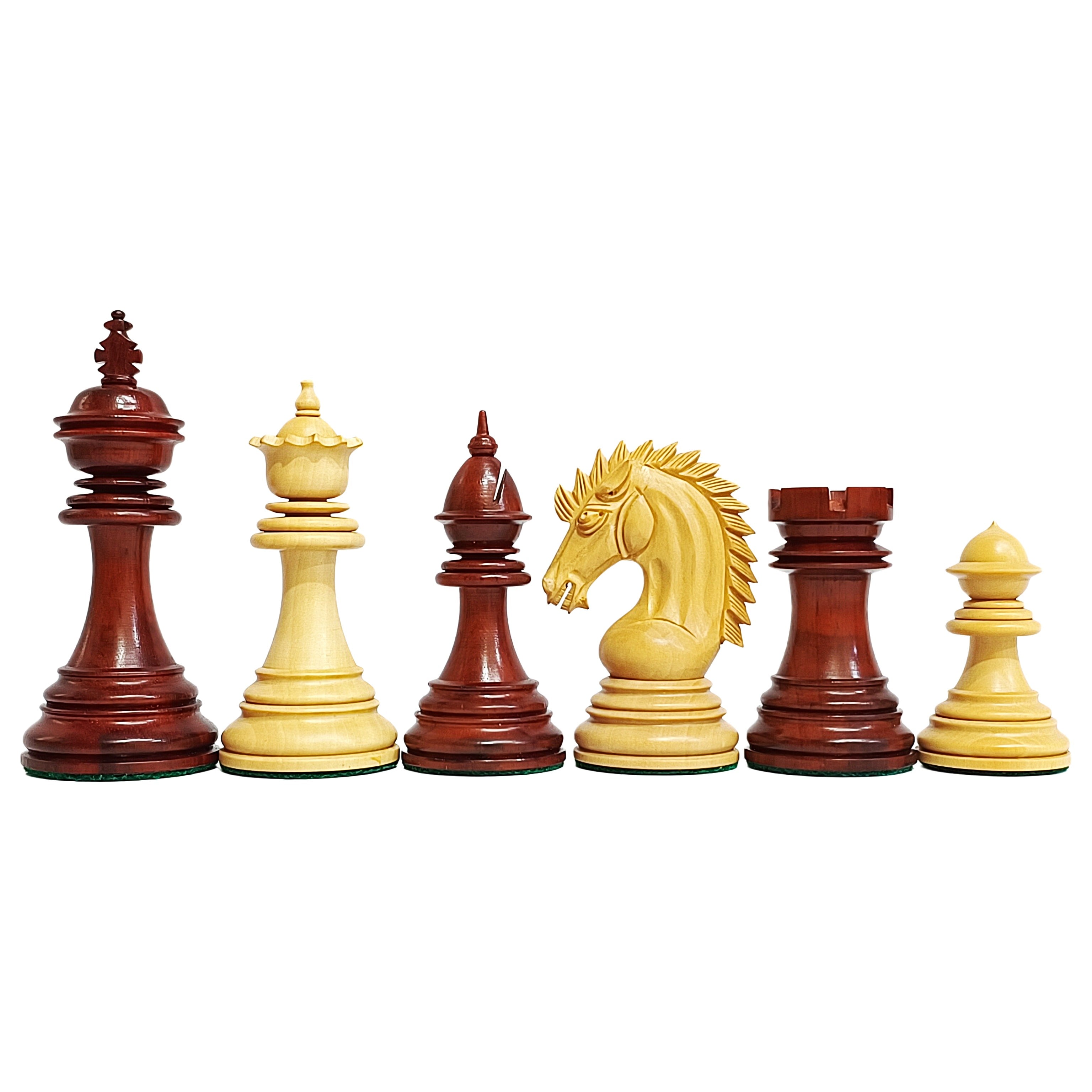
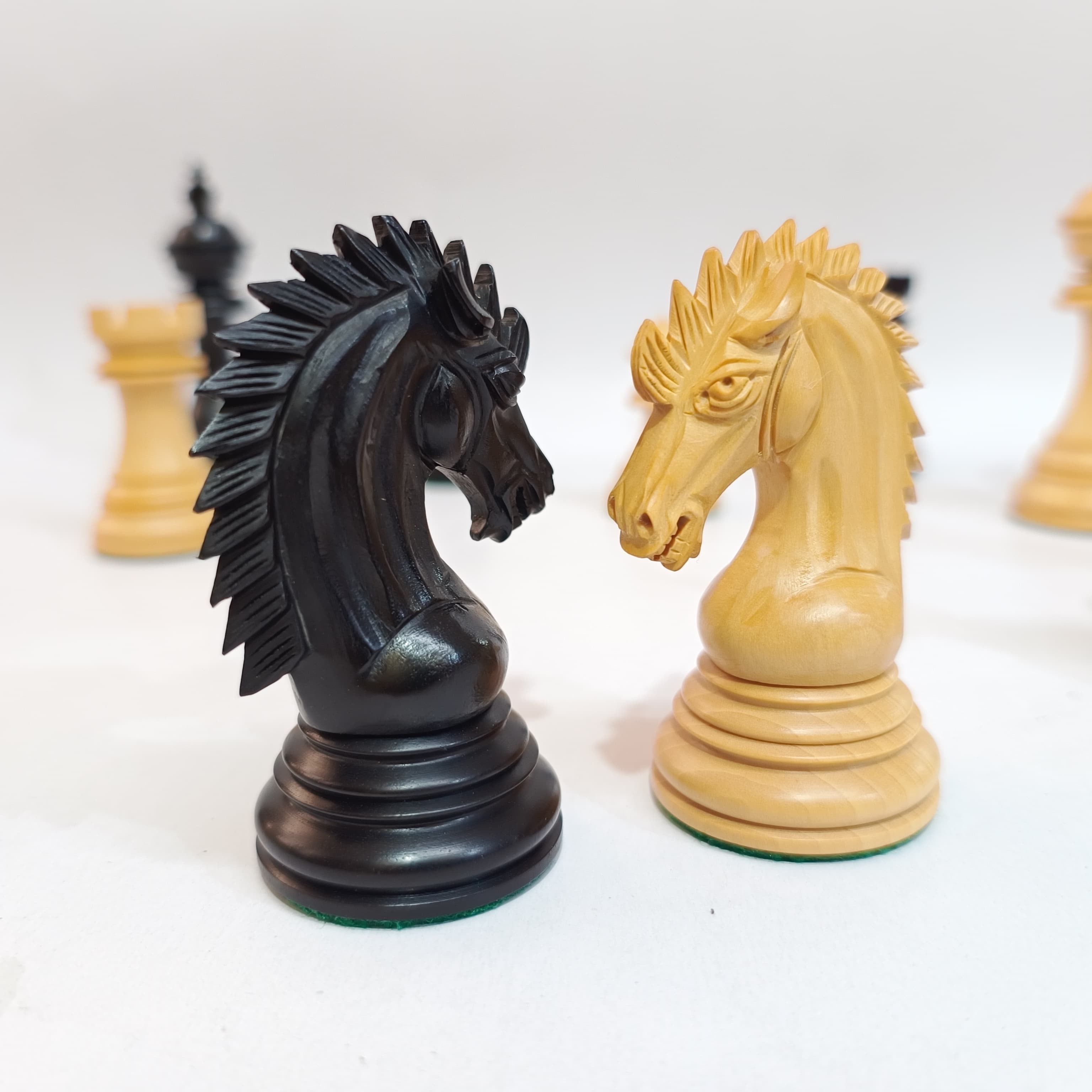
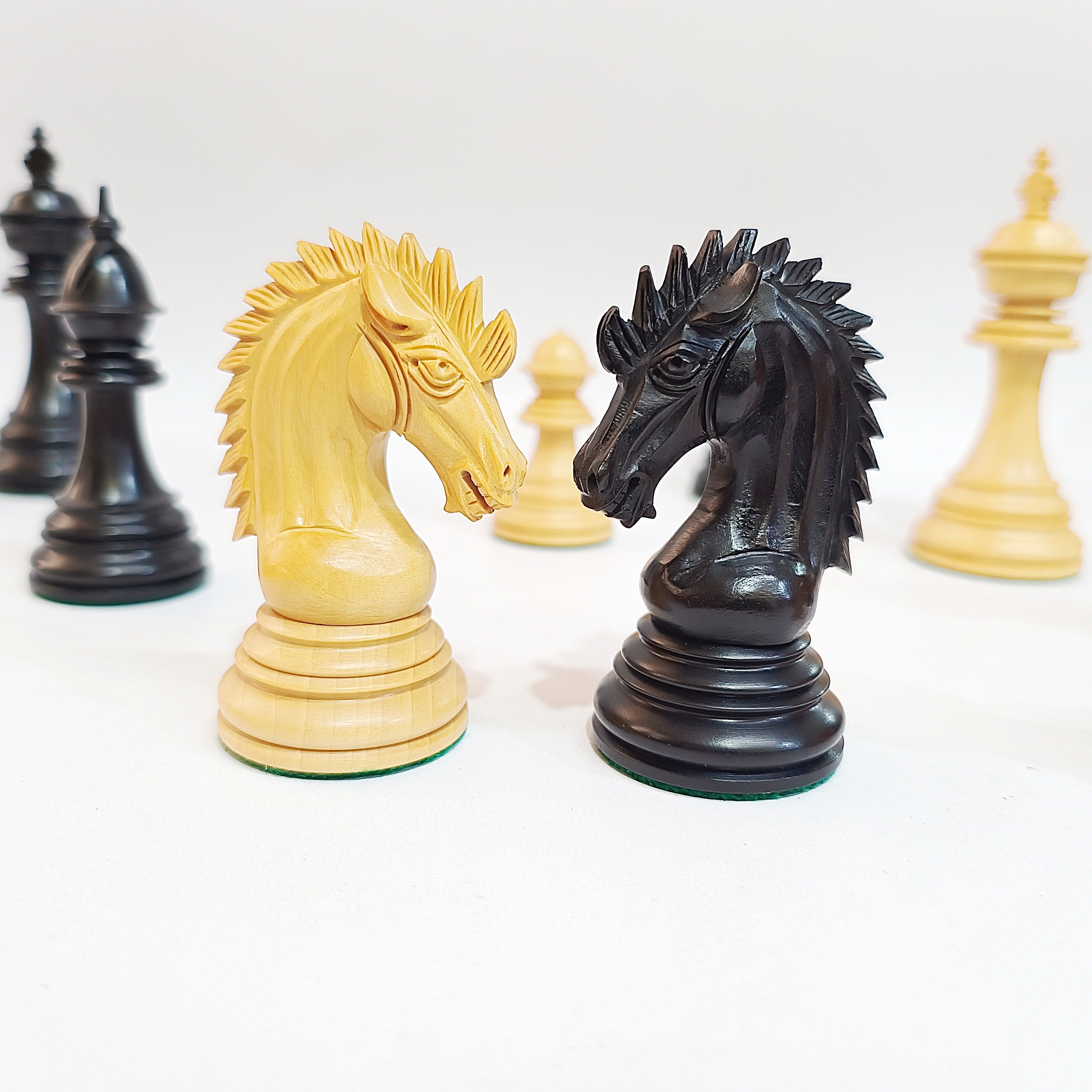
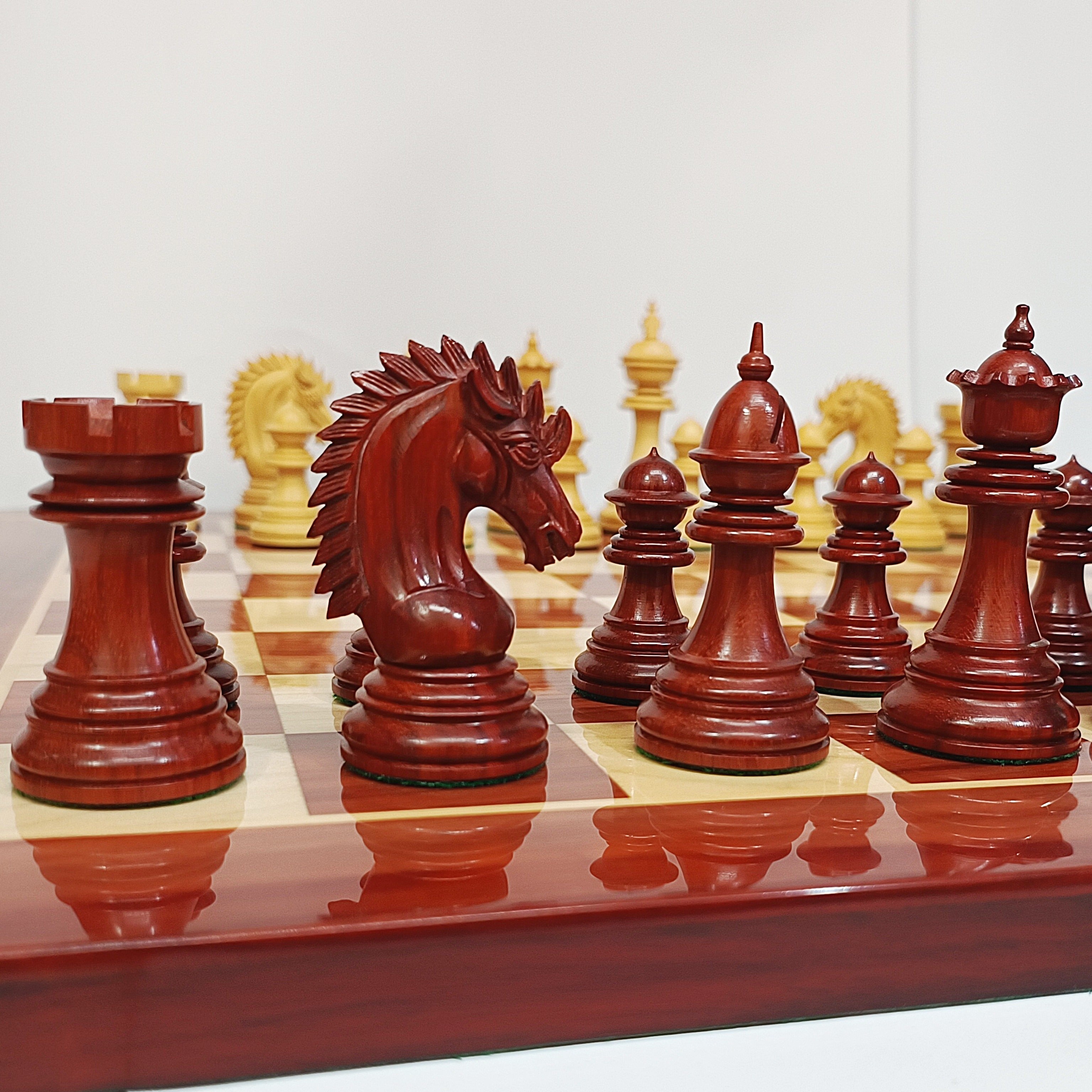

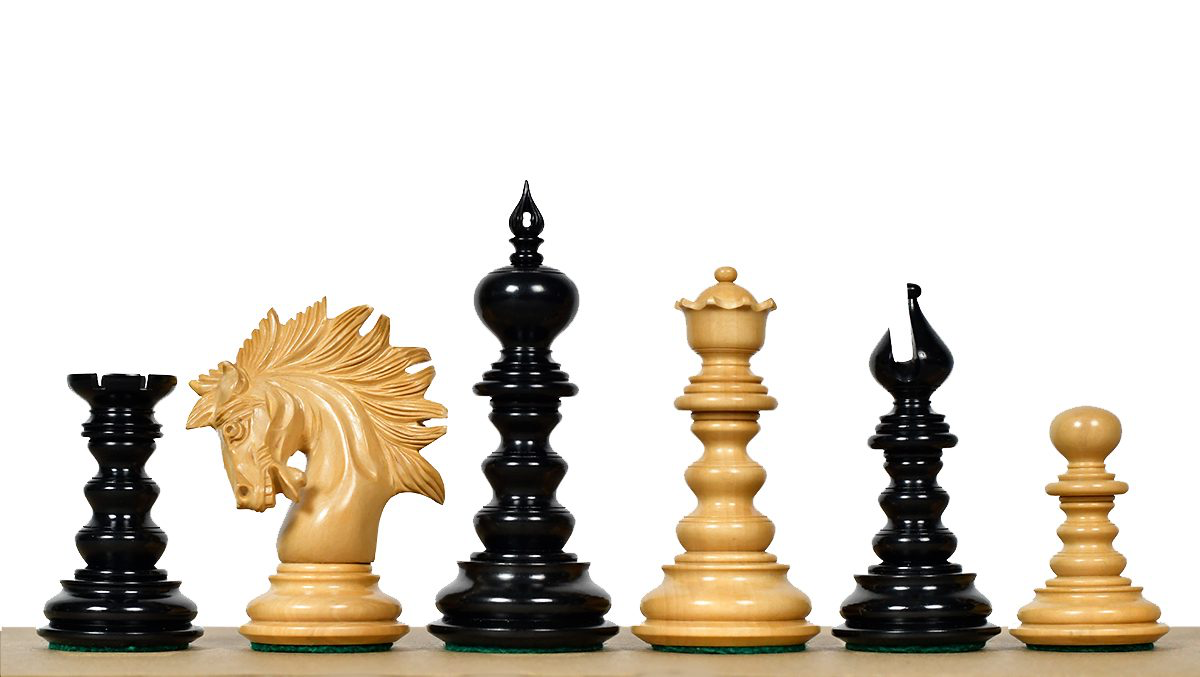
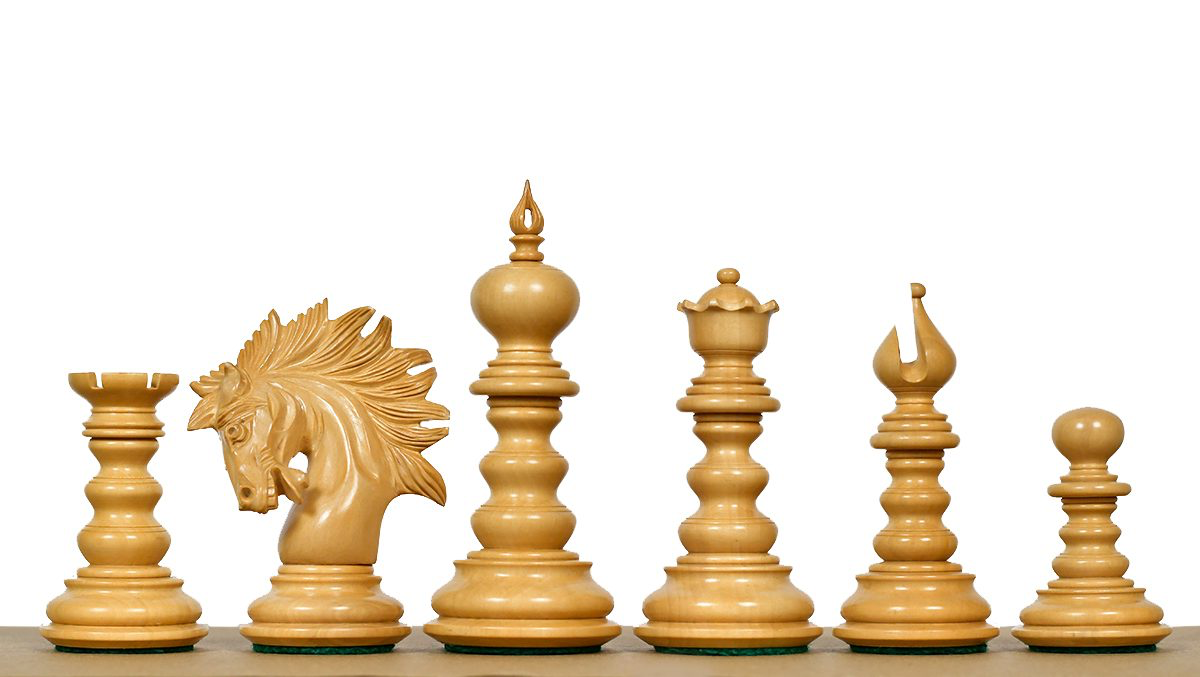
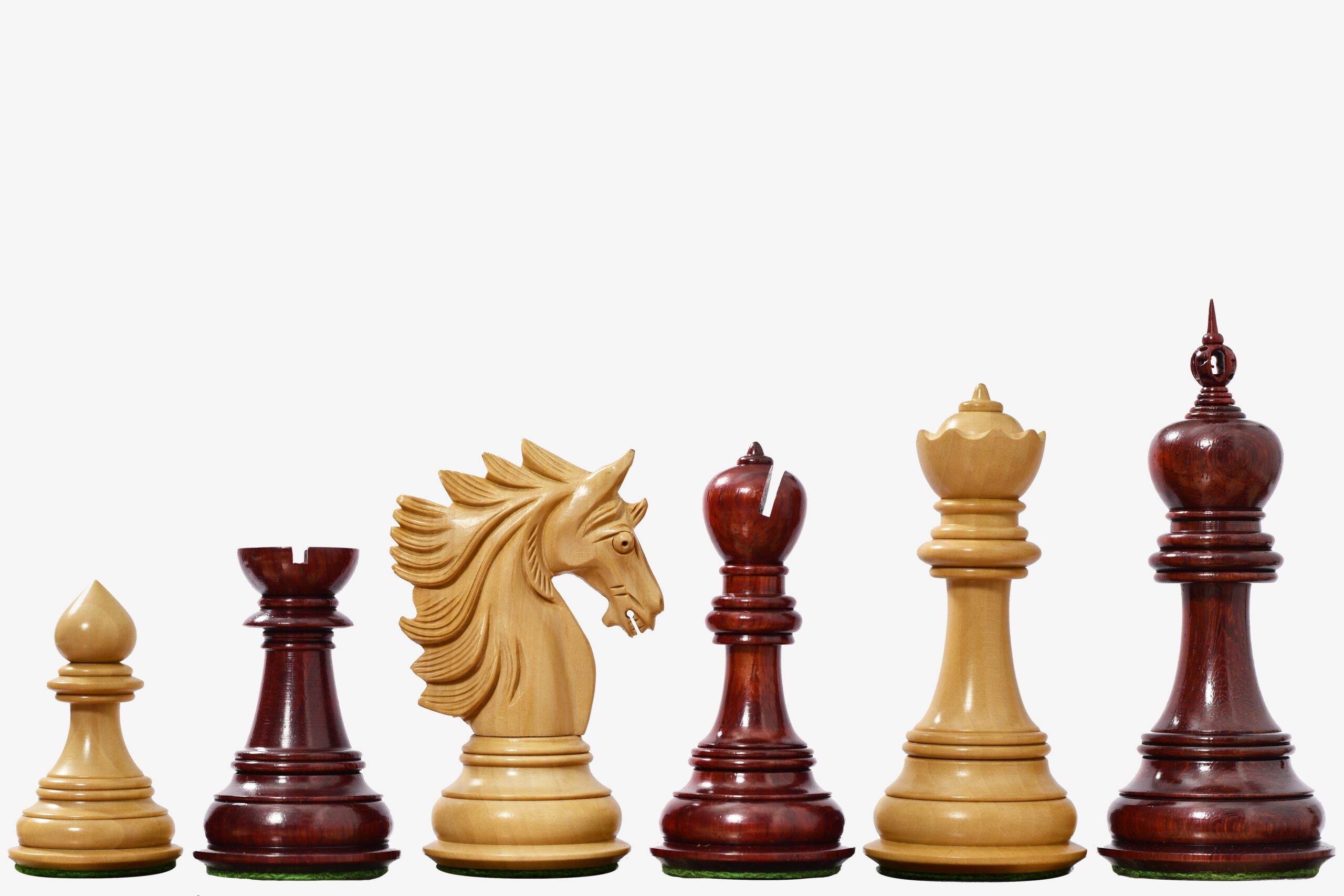
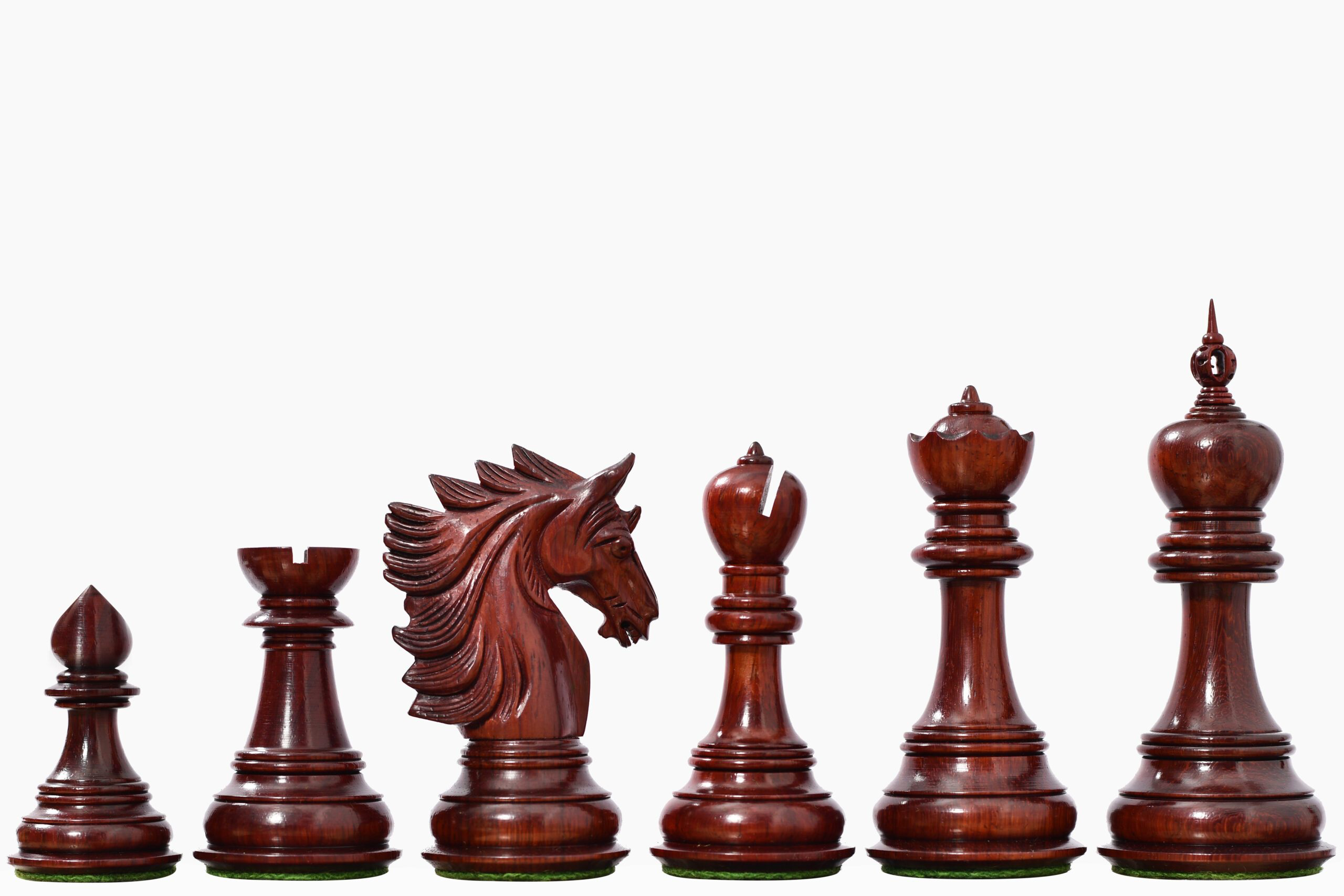
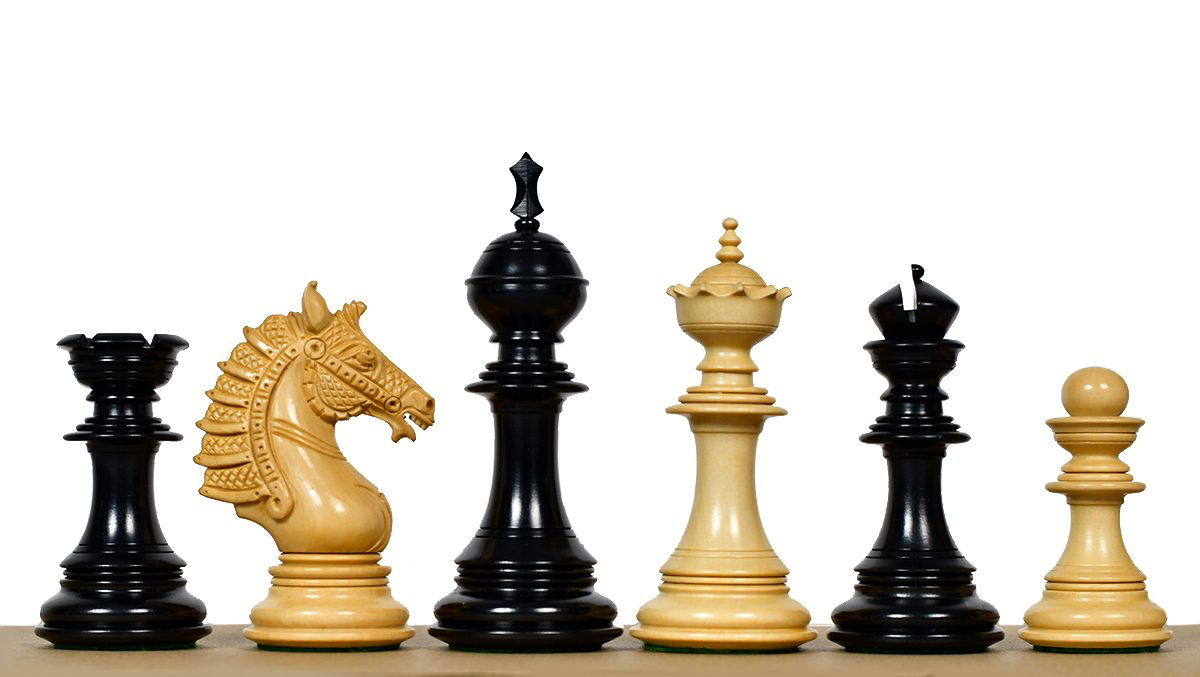
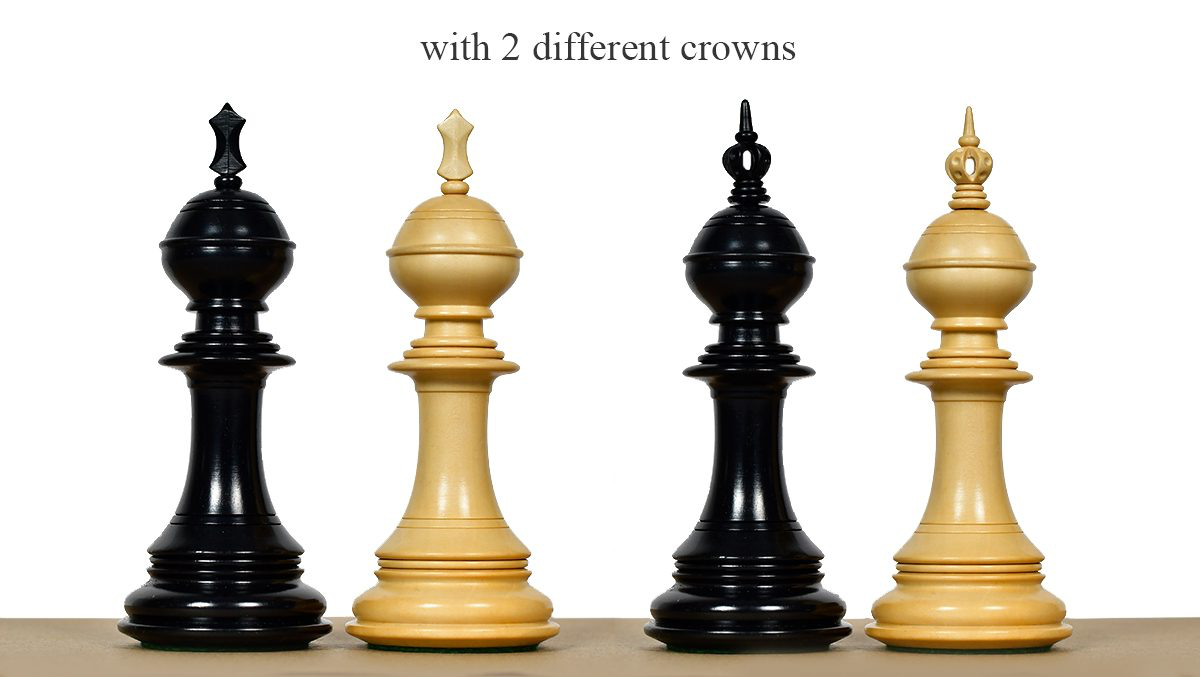
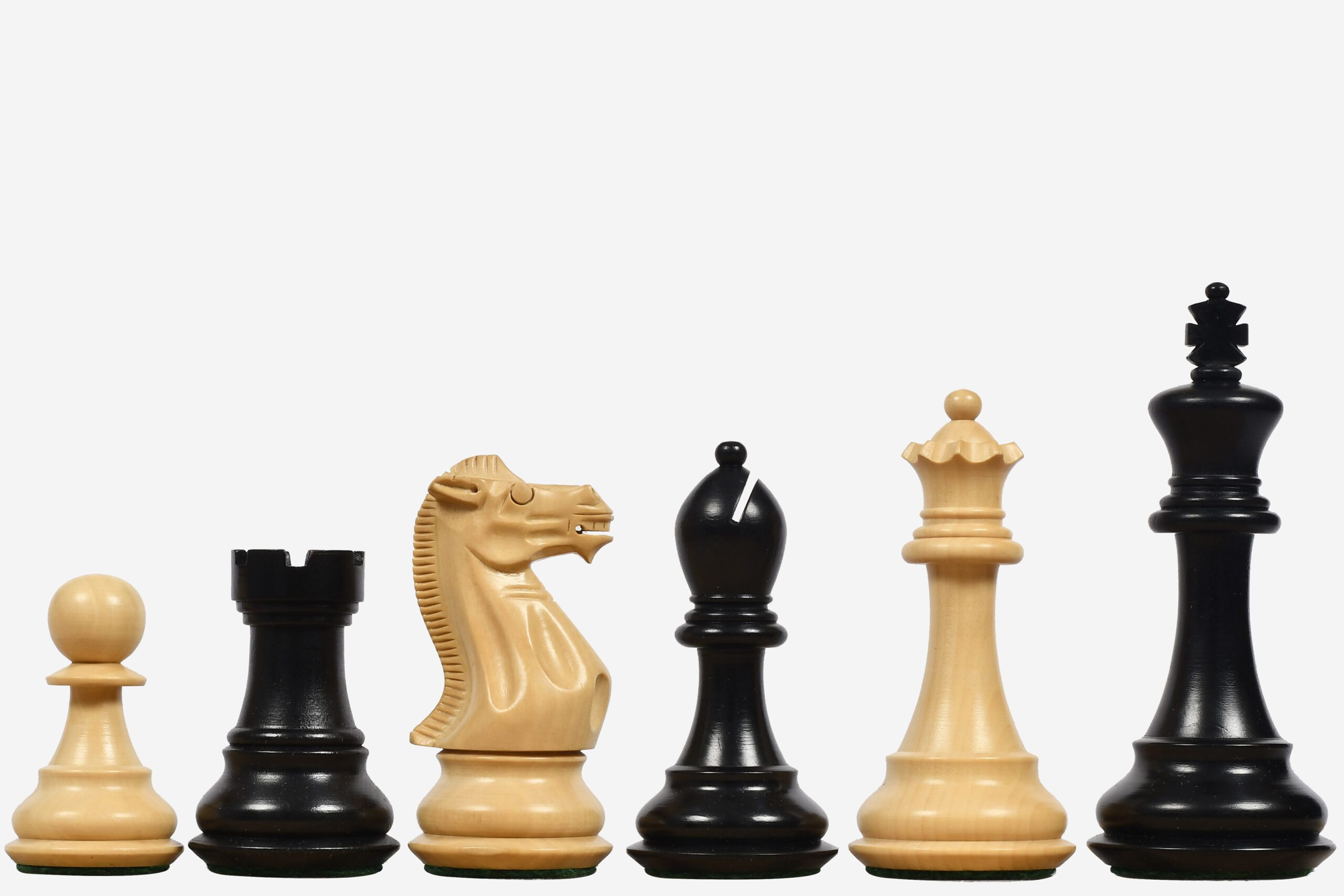
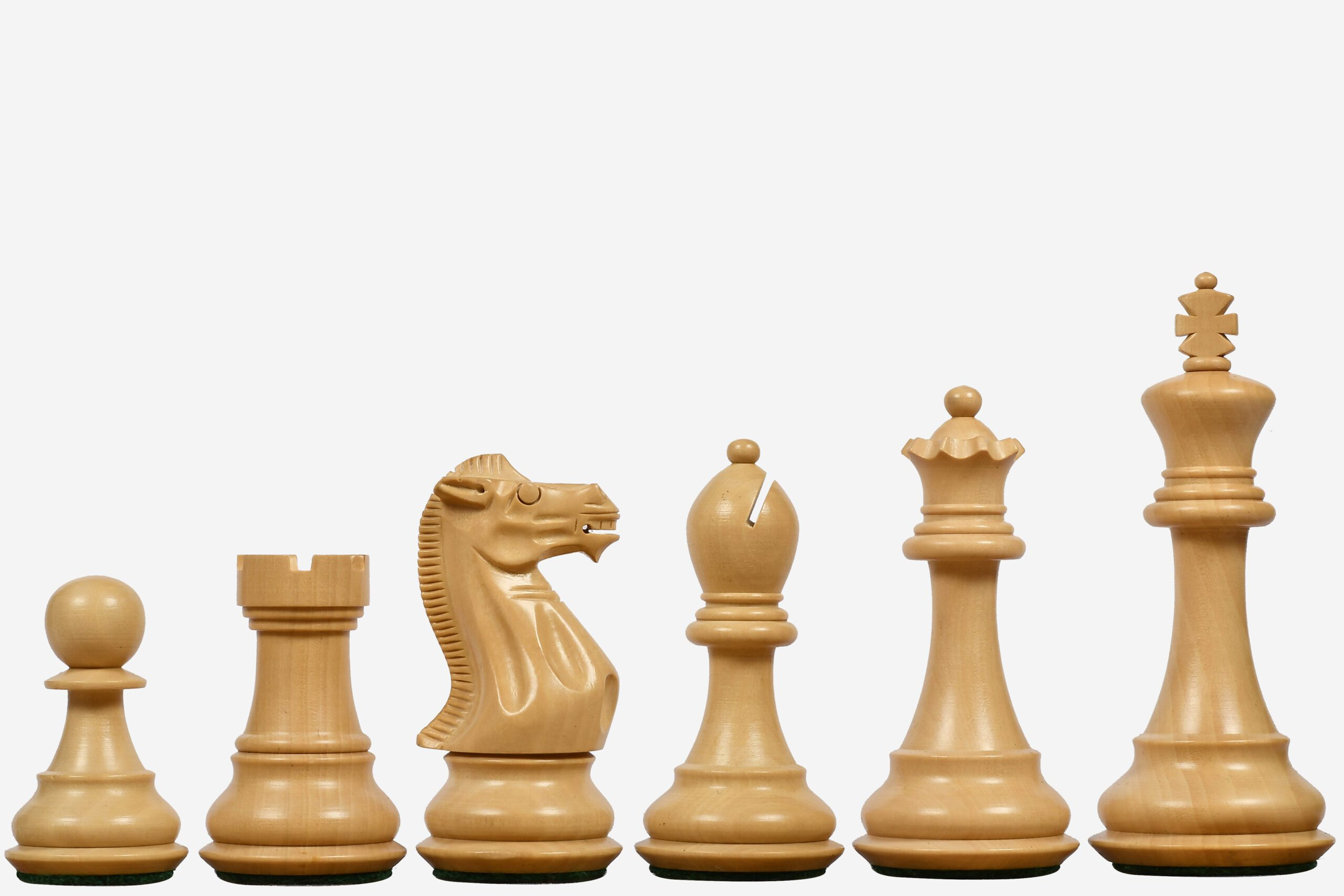
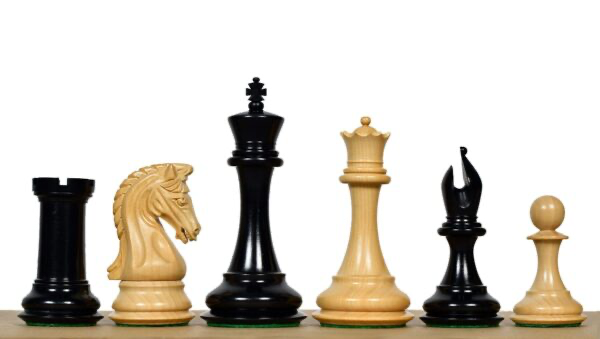
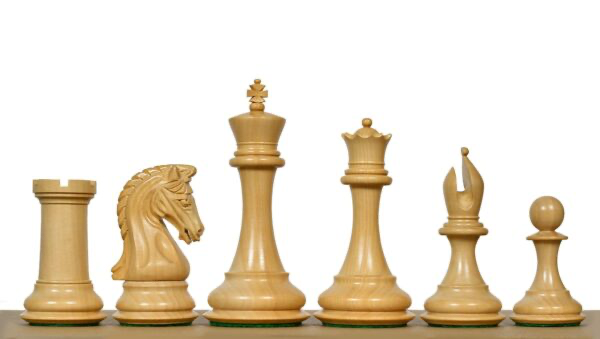
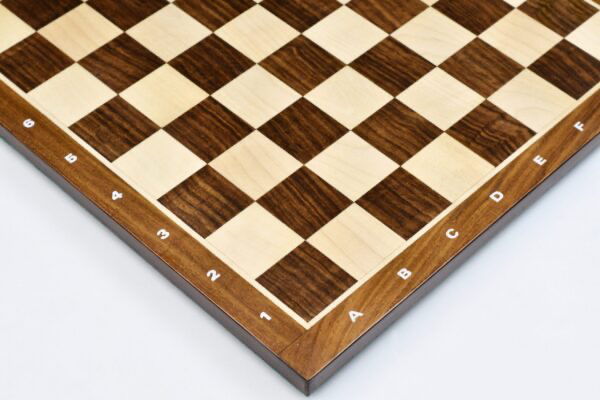
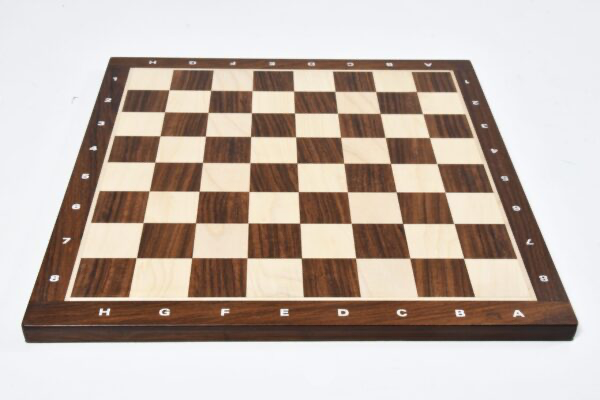
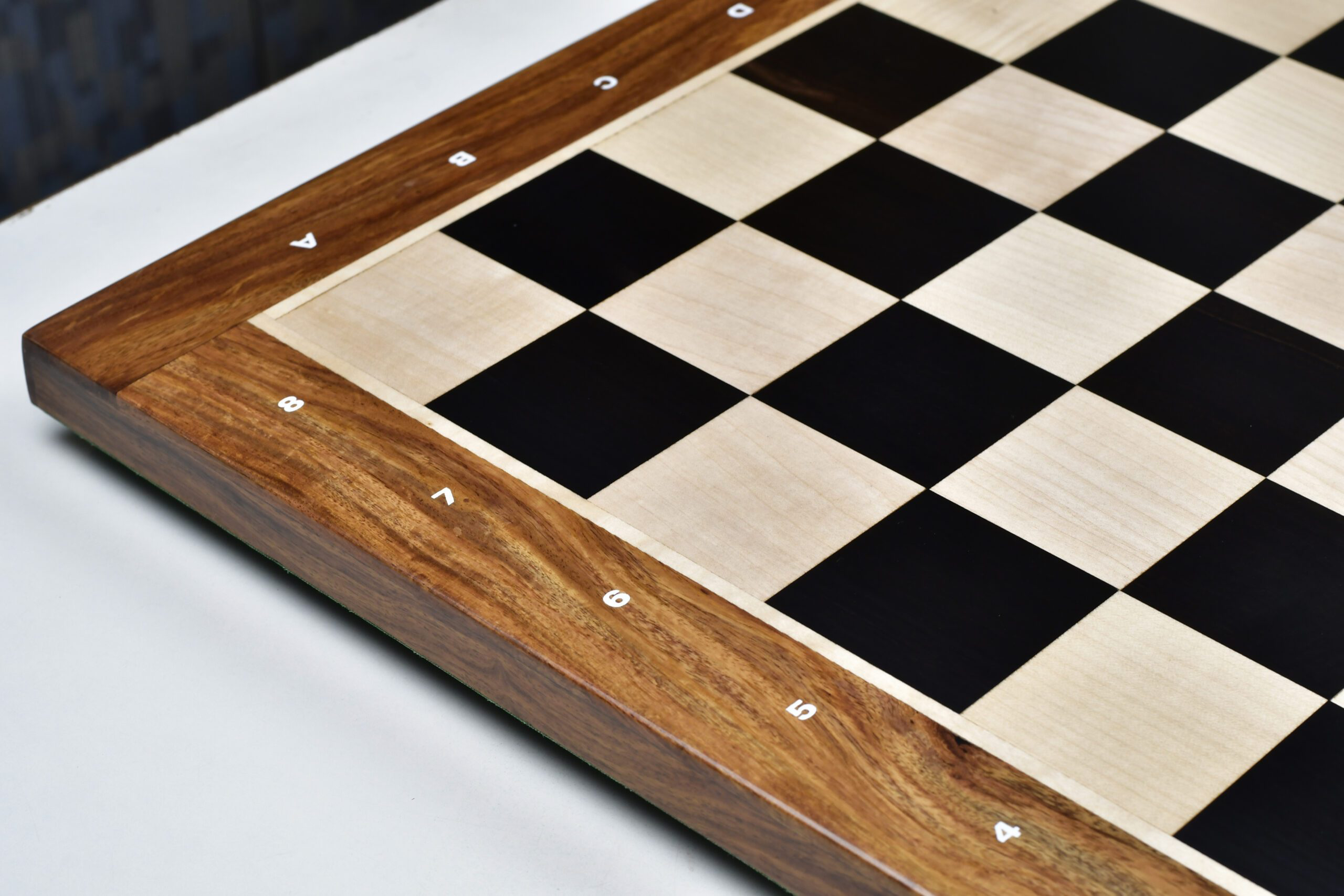
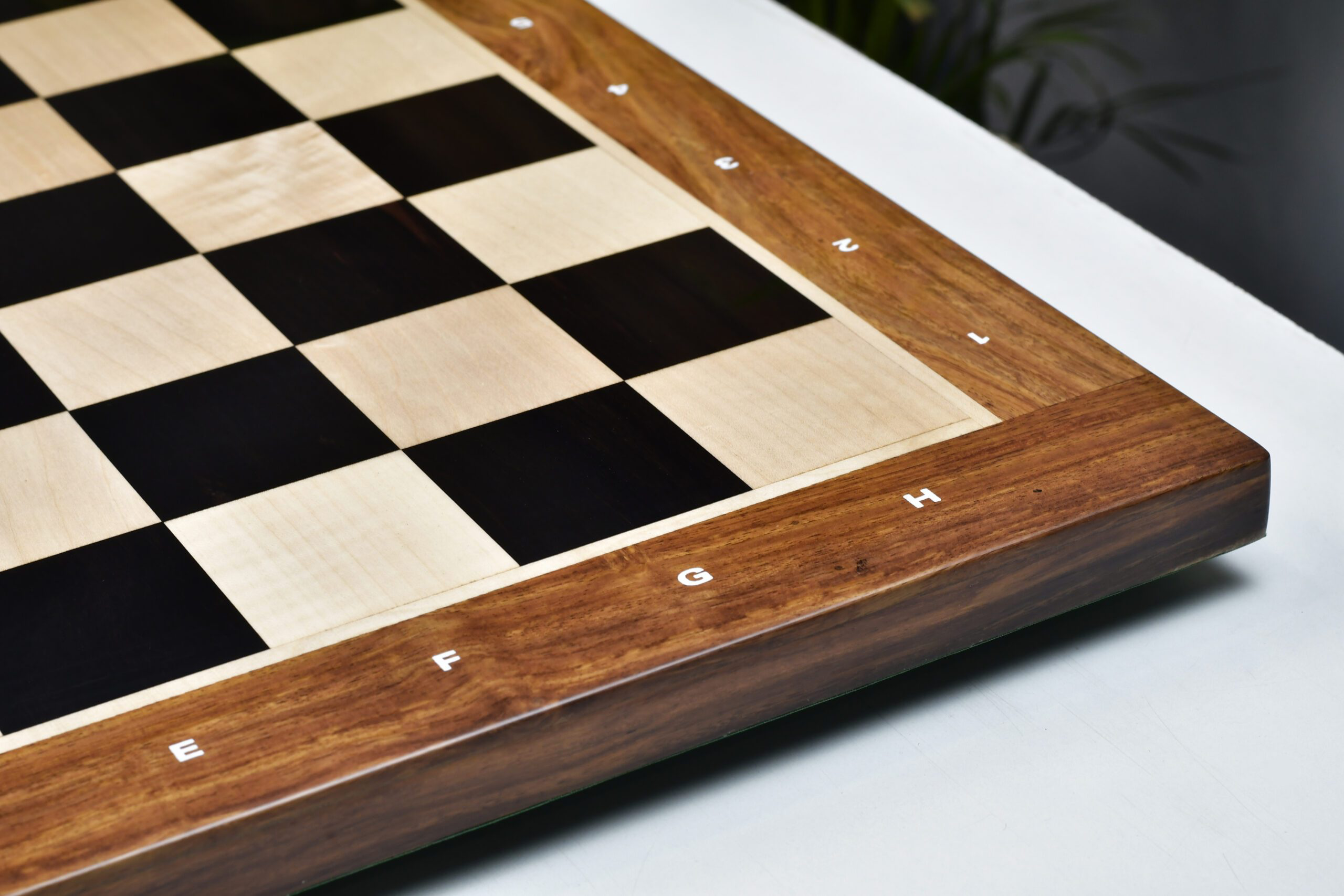
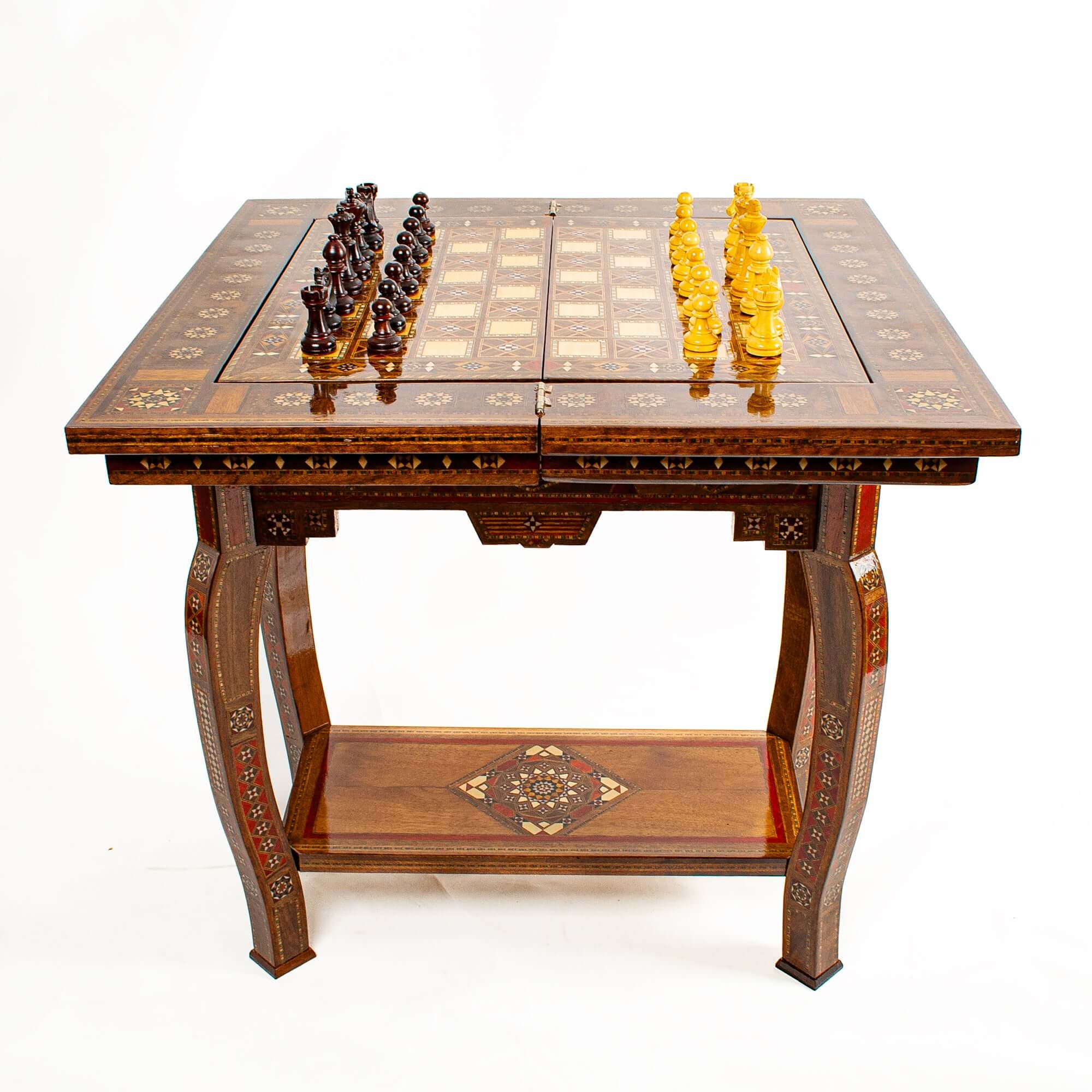

Leave a comment
All comments are moderated before being published.
This site is protected by hCaptcha and the hCaptcha Privacy Policy and Terms of Service apply.